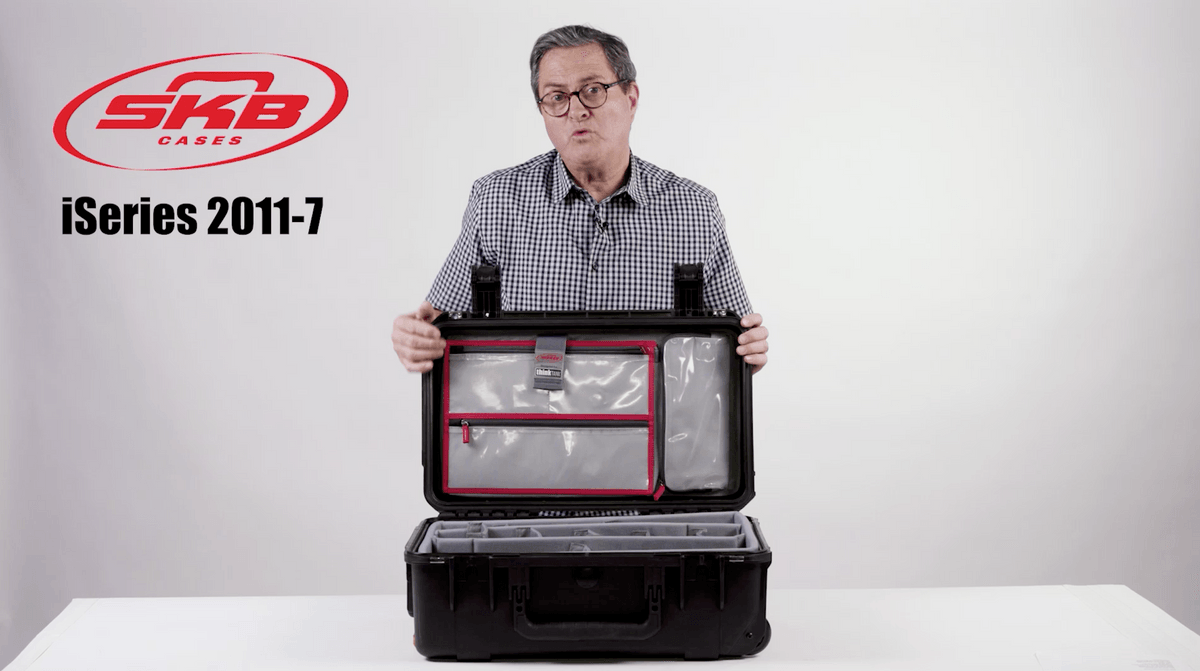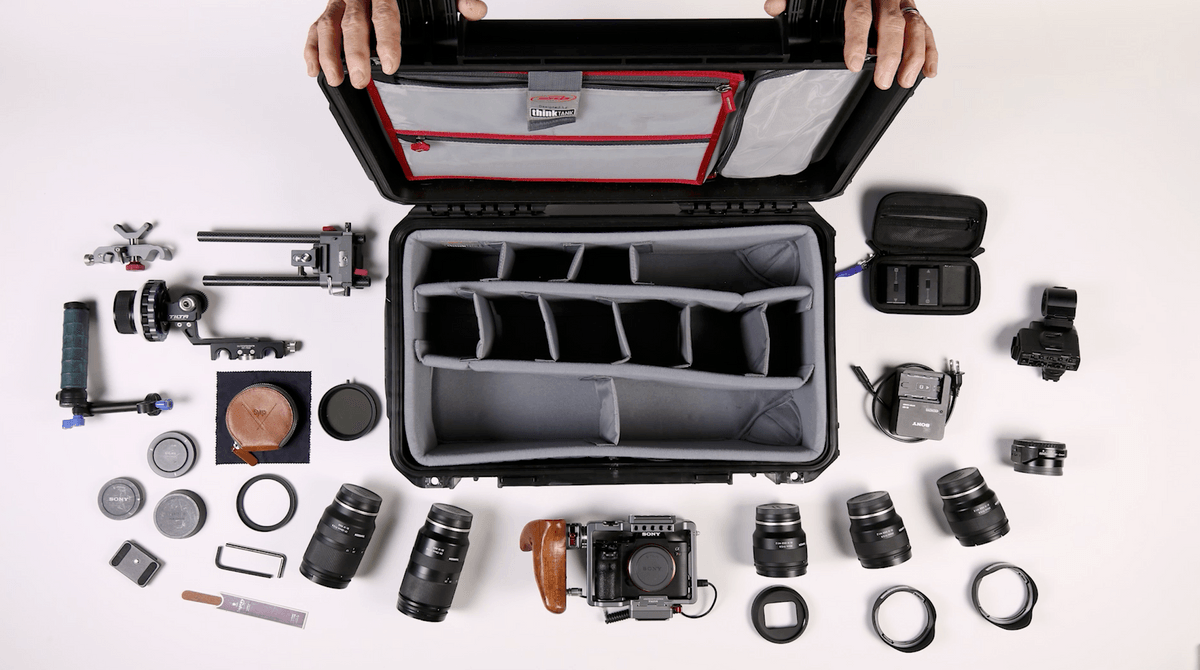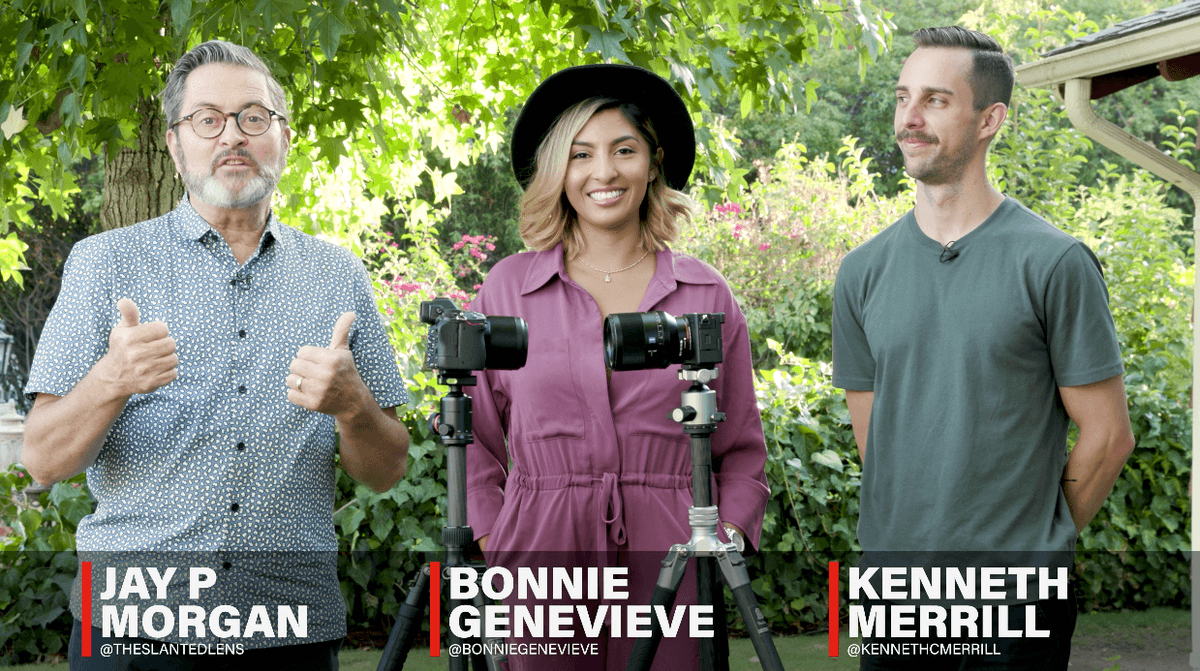
Today on The Slanted Lens, we have Bonnie Genevieve here with us. And she’s going to help us look at these two cameras that I think are pretty exciting.
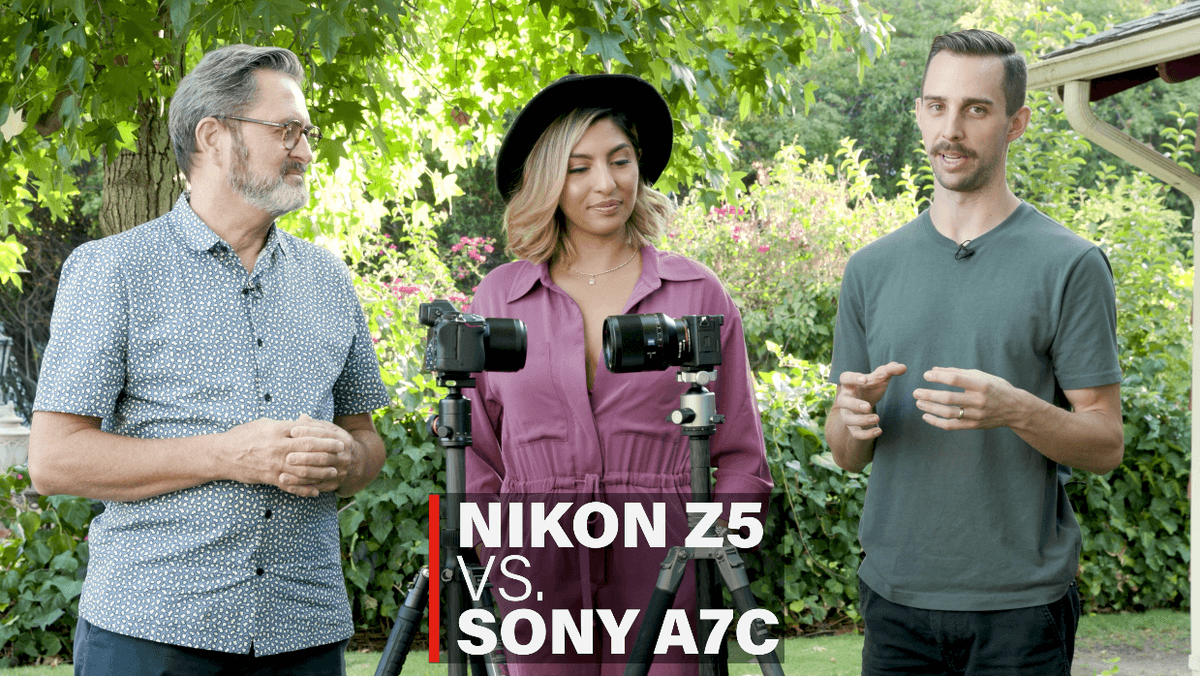 I’m happy to do this comparison today. We have the Nikon Z5 and the Sony a7C. Both of these are brand new. They’re both very budget friendly, full frame cameras.
I’m happy to do this comparison today. We have the Nikon Z5 and the Sony a7C. Both of these are brand new. They’re both very budget friendly, full frame cameras.
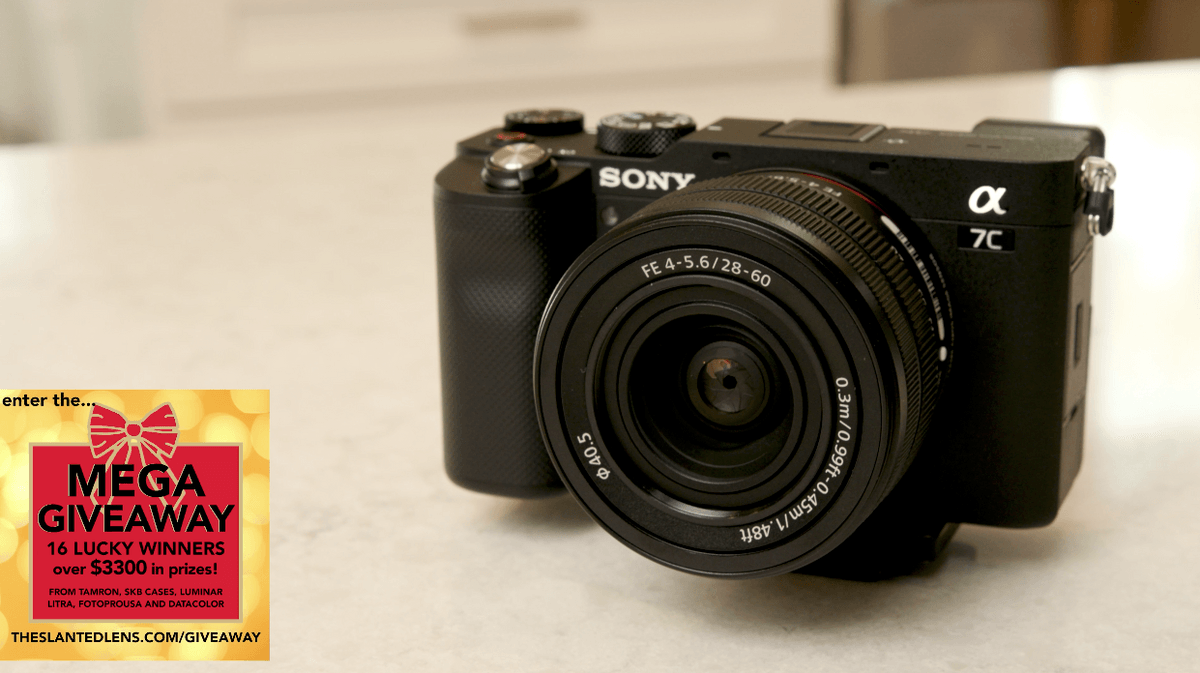 There’s a couple of things that just jumped out to me about these cameras. One is the Sony a7C is very small, very compact, which is what its goal was.
There’s a couple of things that just jumped out to me about these cameras. One is the Sony a7C is very small, very compact, which is what its goal was. 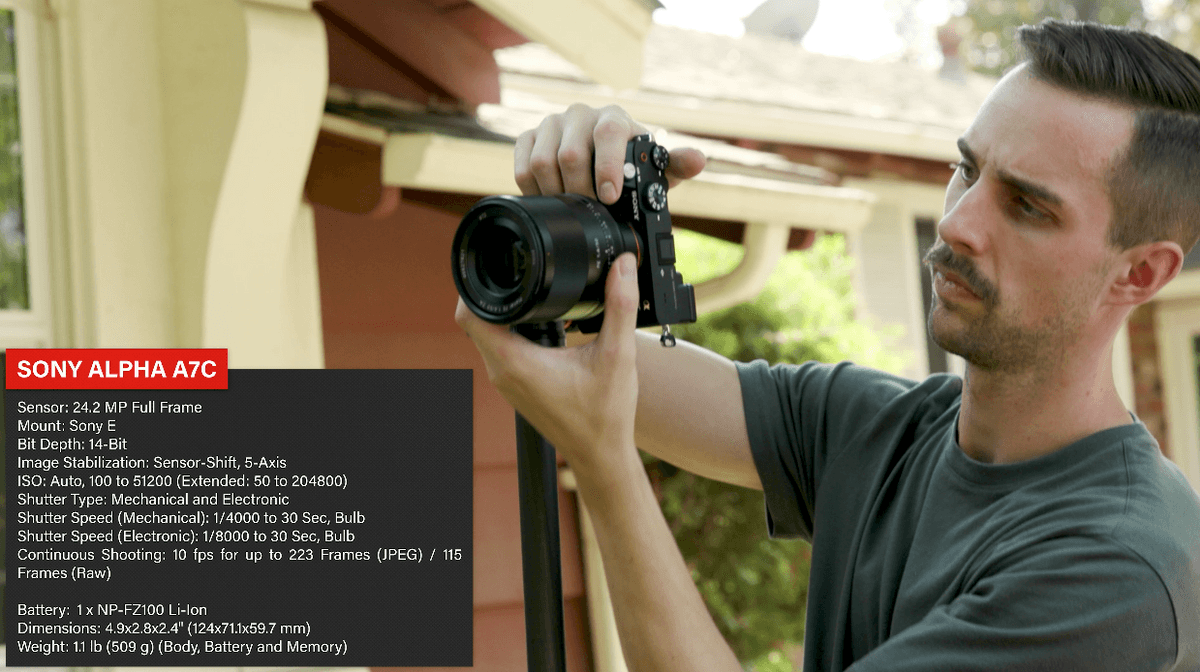 It’s basically like if you took a Sony a6600 and made it a little fatter. But it has the same sensor in it as the a7 III. Some people say it’s kind of a step down or a step up, but it’s really a step over to me. It’s a similar camera, roughly, just a different body.
It’s basically like if you took a Sony a6600 and made it a little fatter. But it has the same sensor in it as the a7 III. Some people say it’s kind of a step down or a step up, but it’s really a step over to me. It’s a similar camera, roughly, just a different body.
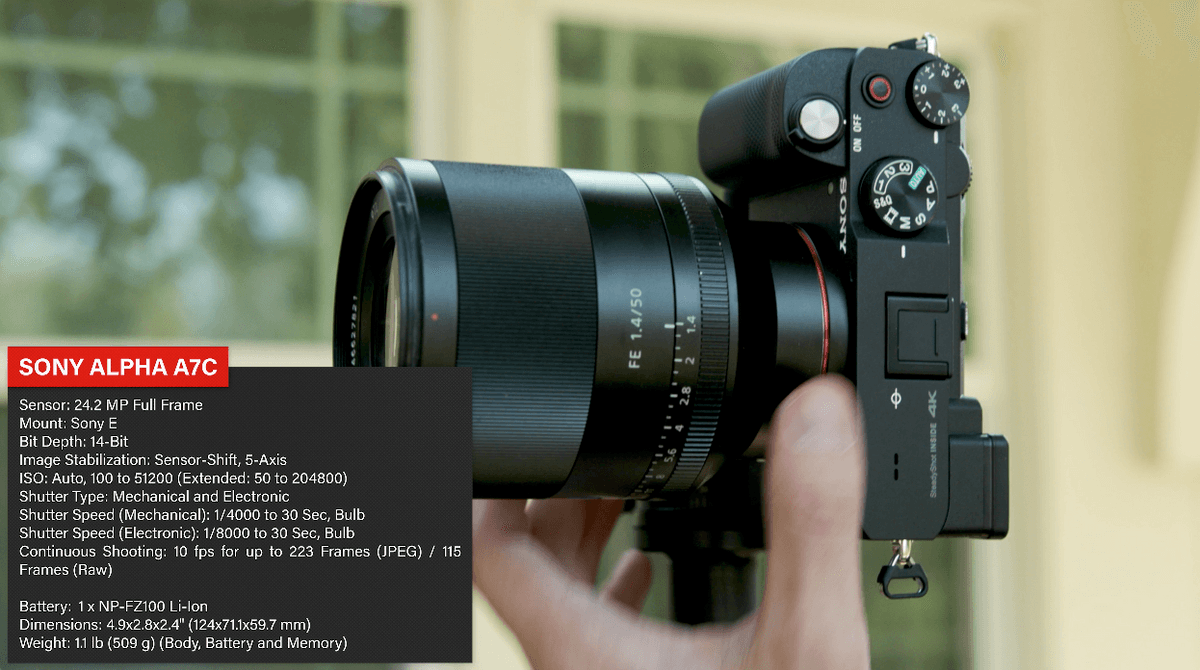
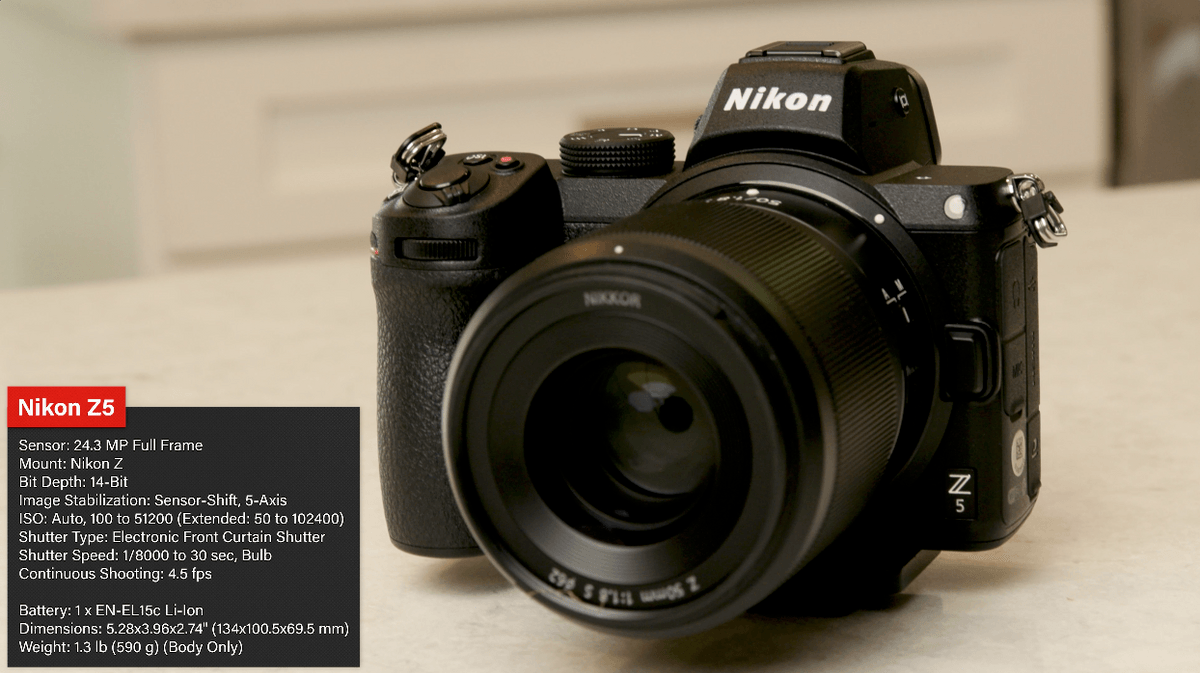 The Nikon Z5 is interesting to me because Nikon is a very photography focused brand. They haven’t really emphasized as much the video features. Whereas Sony tries to fit all the features into the camera. Nikon seems pretty determined to get the best photography experience out of it.
The Nikon Z5 is interesting to me because Nikon is a very photography focused brand. They haven’t really emphasized as much the video features. Whereas Sony tries to fit all the features into the camera. Nikon seems pretty determined to get the best photography experience out of it. 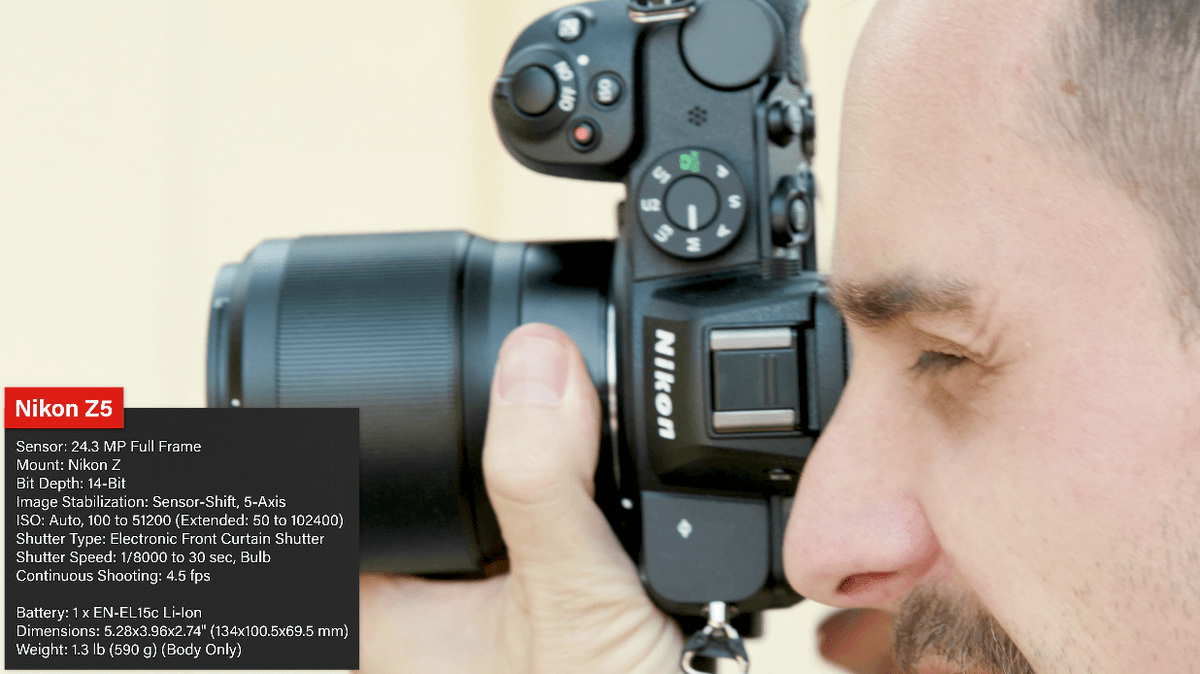 And so I’m interested to see what they can do with a $1400 dollar body. The Nikon has a really nice viewfinder. It has 3.6 million dots in the viewfinder. Whereas the Sony has a 2.3 million dot, which is more in line with some of their older viewfinders, which makes sense for the price point.
And so I’m interested to see what they can do with a $1400 dollar body. The Nikon has a really nice viewfinder. It has 3.6 million dots in the viewfinder. Whereas the Sony has a 2.3 million dot, which is more in line with some of their older viewfinders, which makes sense for the price point.
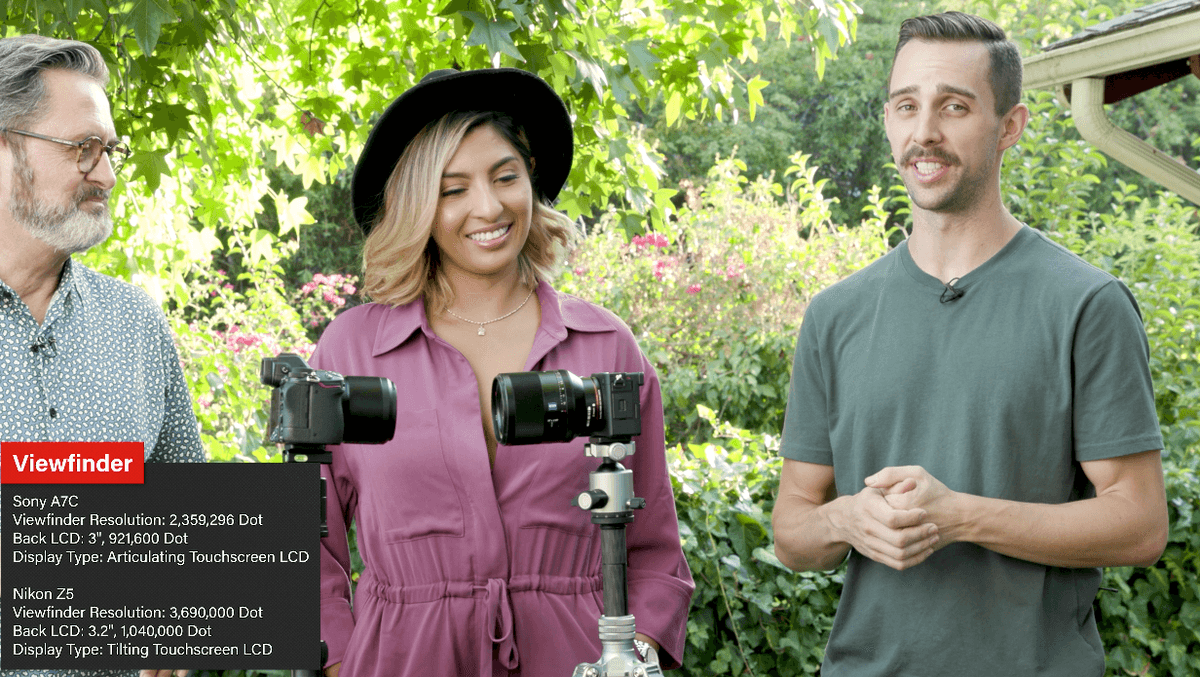
Alright, let’s test these cameras. Let’s take a look at picture quality, autofocus and just how those things work together. Let’s talk about the ergonomics of these cameras. We have a very small compact camera and we have a pretty small mirrorless camera.
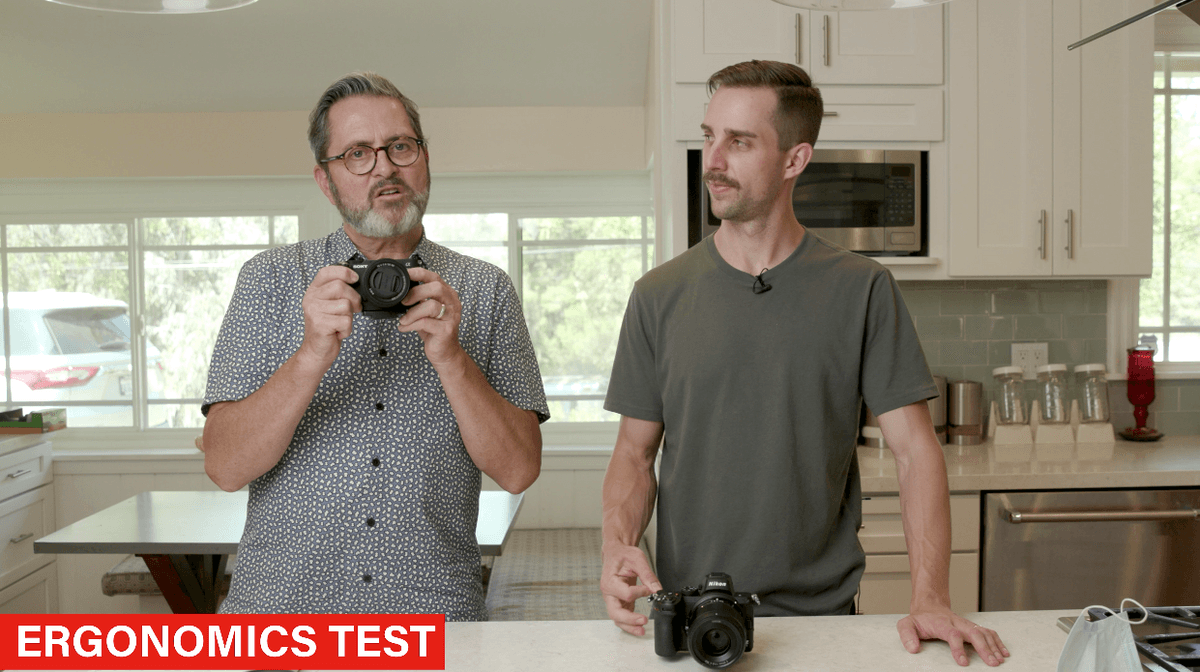
I think Nikon does a really good job of making it small but still very comfortable to use. 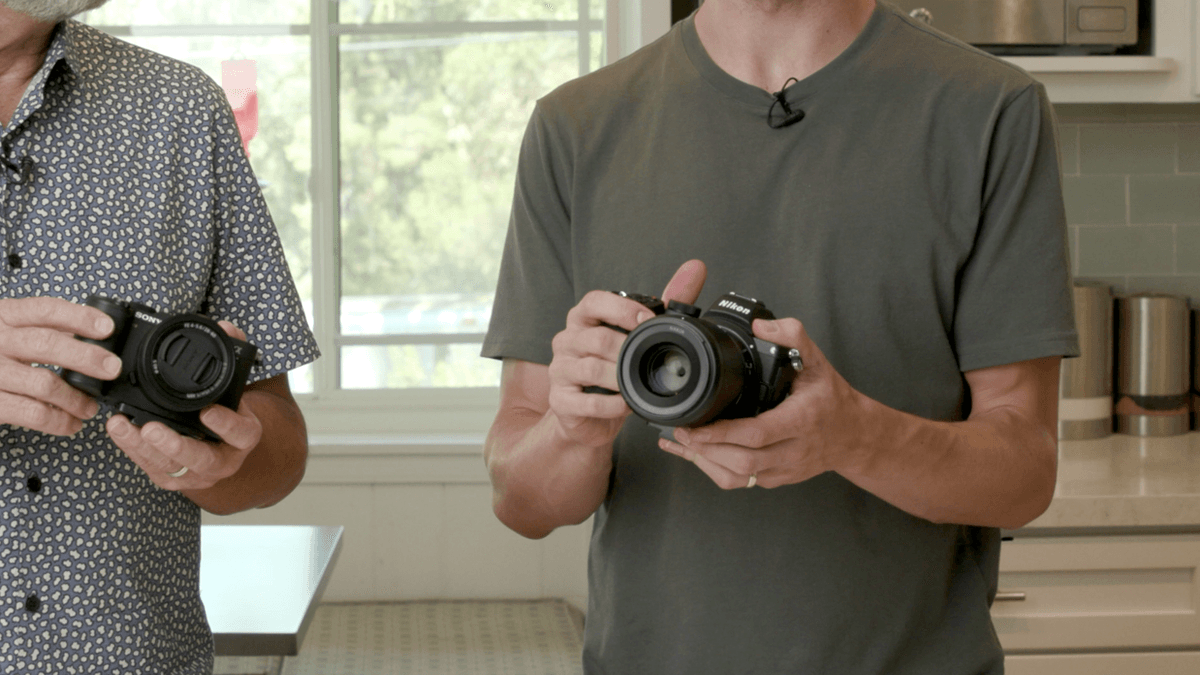 It feels like it has a pretty full sized grip. I can get all my fingers around there. I feel like it’s not going to slip out of my hands anytime soon.
It feels like it has a pretty full sized grip. I can get all my fingers around there. I feel like it’s not going to slip out of my hands anytime soon. 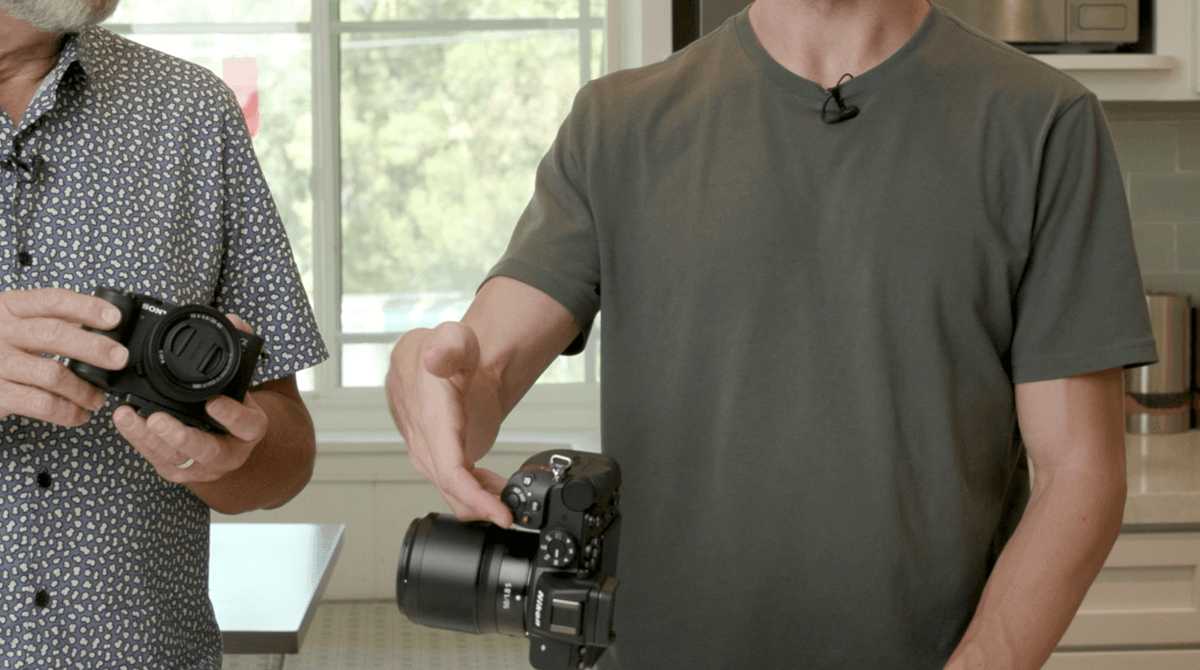 I’ve always liked Nikon because they design their cameras in a way where you can pretty much operate them one handed. I don’t know why that’s a big deal to me.
I’ve always liked Nikon because they design their cameras in a way where you can pretty much operate them one handed. I don’t know why that’s a big deal to me. 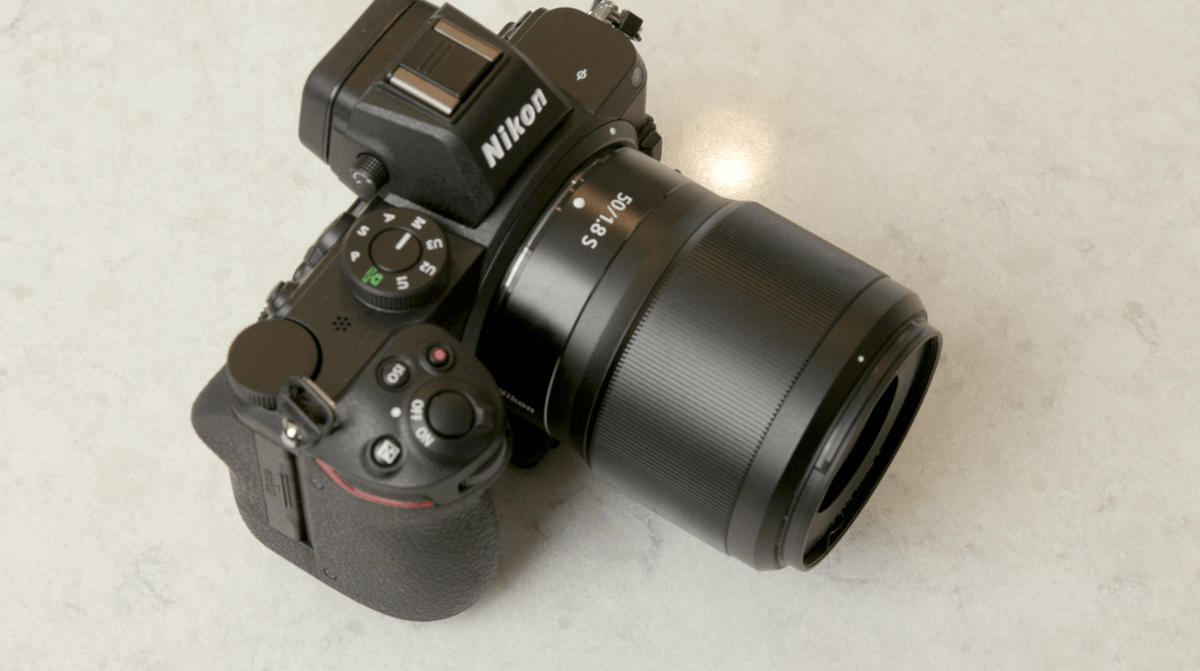 But it feels better, I can turn it on with one hand. I can change the ISO, the shutter or the aperture without ever having to use the other hand or switch grip or anything like that.
But it feels better, I can turn it on with one hand. I can change the ISO, the shutter or the aperture without ever having to use the other hand or switch grip or anything like that.
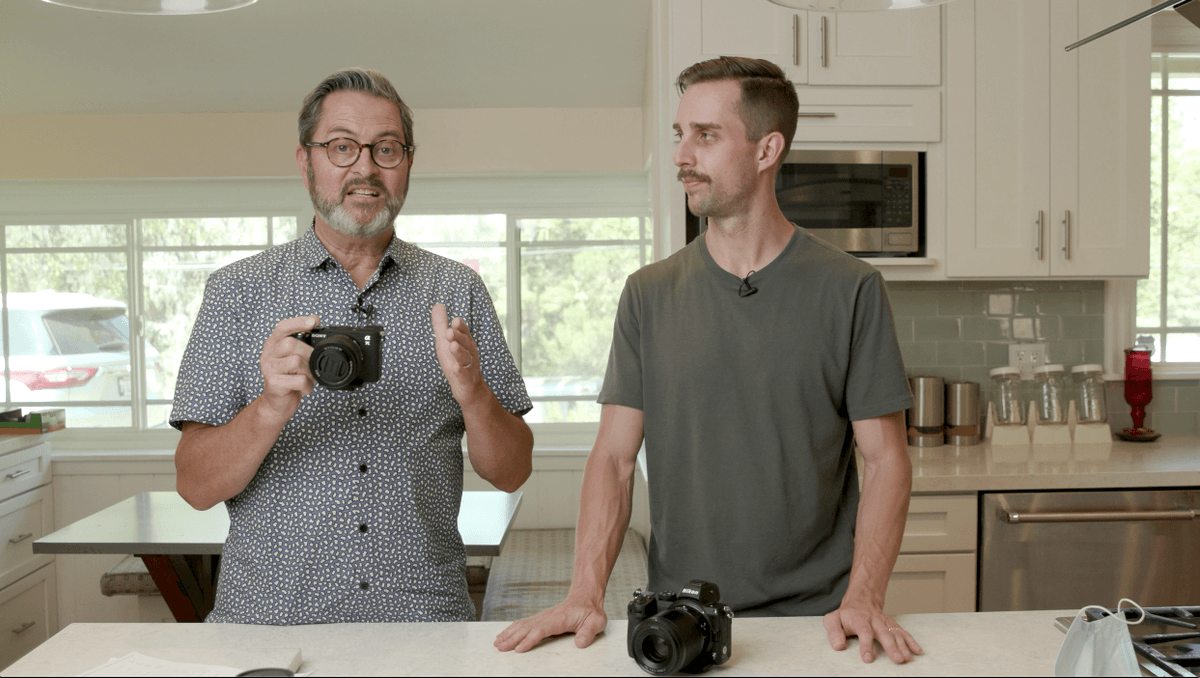 The Sony a7C is on the other end of the scale from that. It is made to be compact. It’s made to be small. It’s has a lot of great features. It has a flip out screen to be able to vlog with it. That is the major downside of the Nikon. The Sony a7C doesn’t have the scroll wheel up front, which I miss.
The Sony a7C is on the other end of the scale from that. It is made to be compact. It’s made to be small. It’s has a lot of great features. It has a flip out screen to be able to vlog with it. That is the major downside of the Nikon. The Sony a7C doesn’t have the scroll wheel up front, which I miss.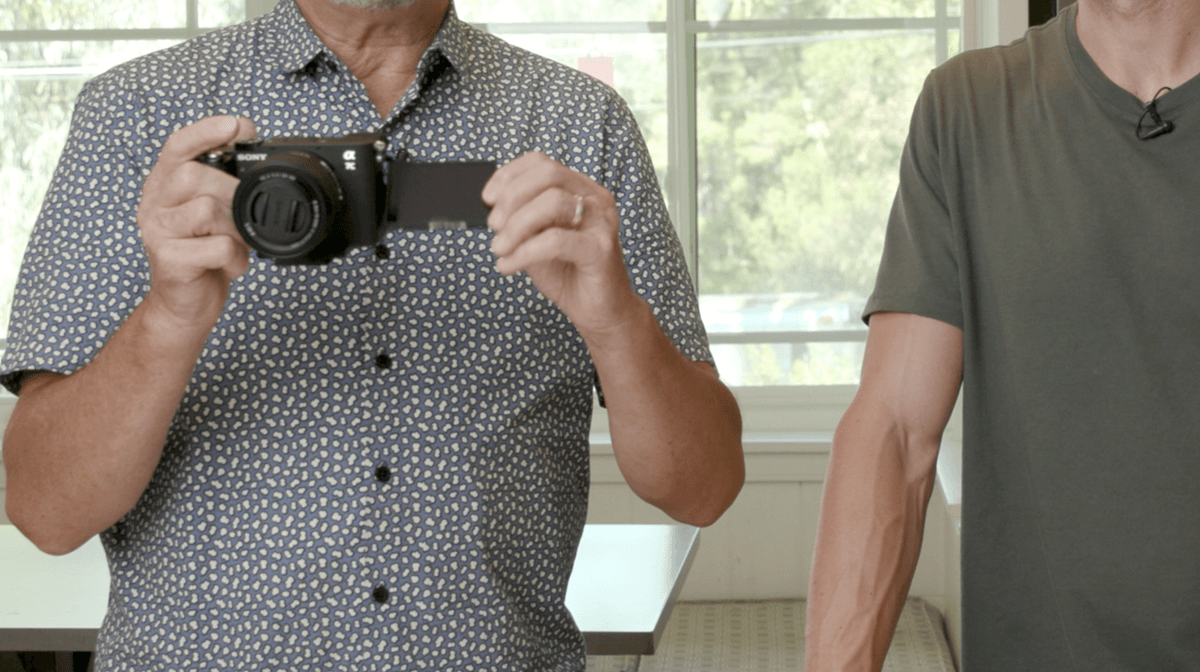 They started a new line lenses. Tamron has the small lenses as well.
They started a new line lenses. Tamron has the small lenses as well. 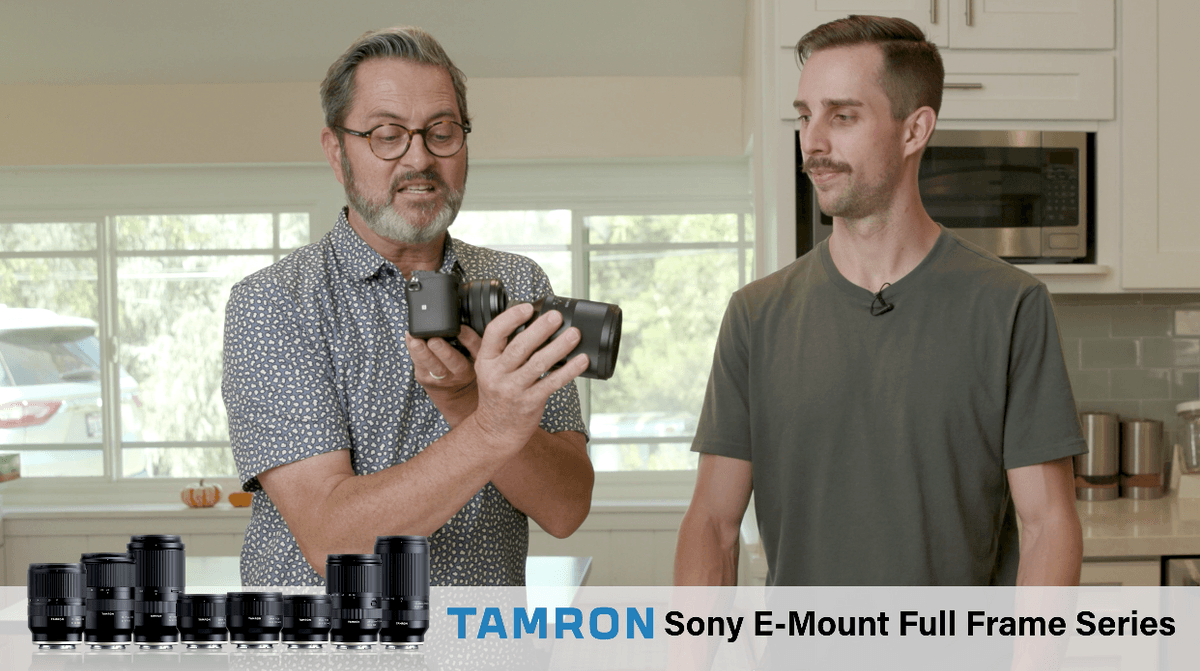 When you put a larger lens on this camera, it makes no sense whatsoever. Then the lens is bigger than the camera. But when you get these nice compact lenses like this 28-60 f/4-f/5.6 lens from Sony it makes a lot of sense. That is a great travel camera that you can take with you on the road. You can shoot and it makes this very easy to use.
When you put a larger lens on this camera, it makes no sense whatsoever. Then the lens is bigger than the camera. But when you get these nice compact lenses like this 28-60 f/4-f/5.6 lens from Sony it makes a lot of sense. That is a great travel camera that you can take with you on the road. You can shoot and it makes this very easy to use. 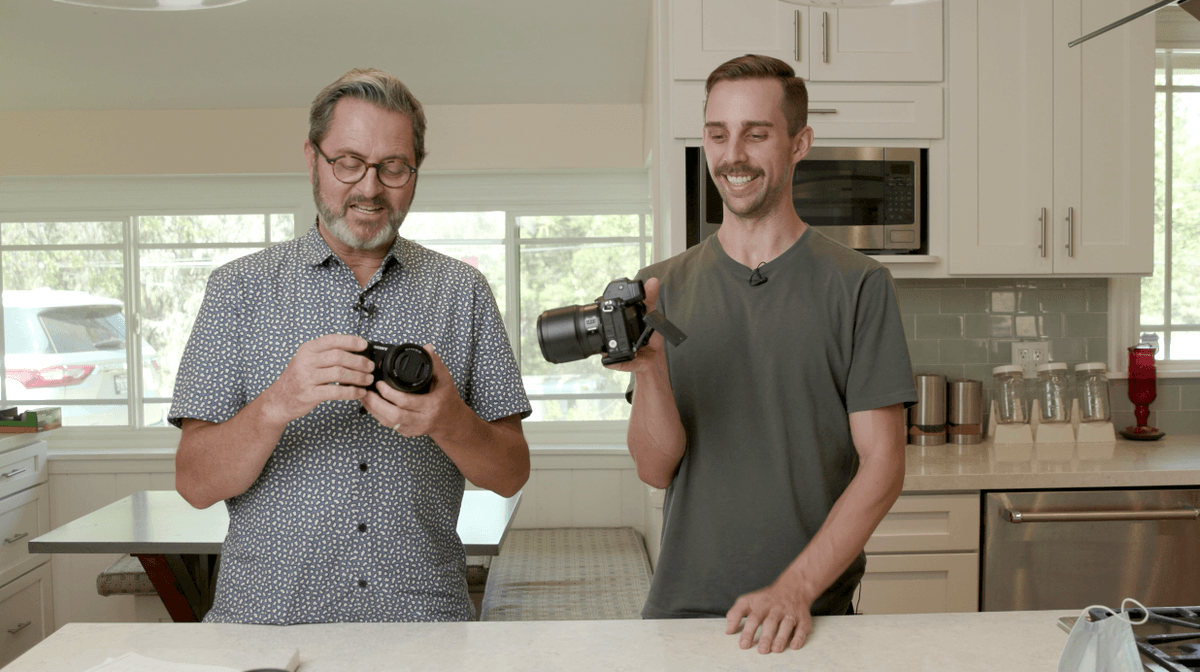 I do feel like it’s hard for me to hold onto. I wouldn’t try to use this with one hand. I would drop it. I feel like if I were vlogging, then this would be a great option because of the flip out screen and because of the size. I could carry it with me anywhere in any bag and not feel a ton of weight.
I do feel like it’s hard for me to hold onto. I wouldn’t try to use this with one hand. I would drop it. I feel like if I were vlogging, then this would be a great option because of the flip out screen and because of the size. I could carry it with me anywhere in any bag and not feel a ton of weight. 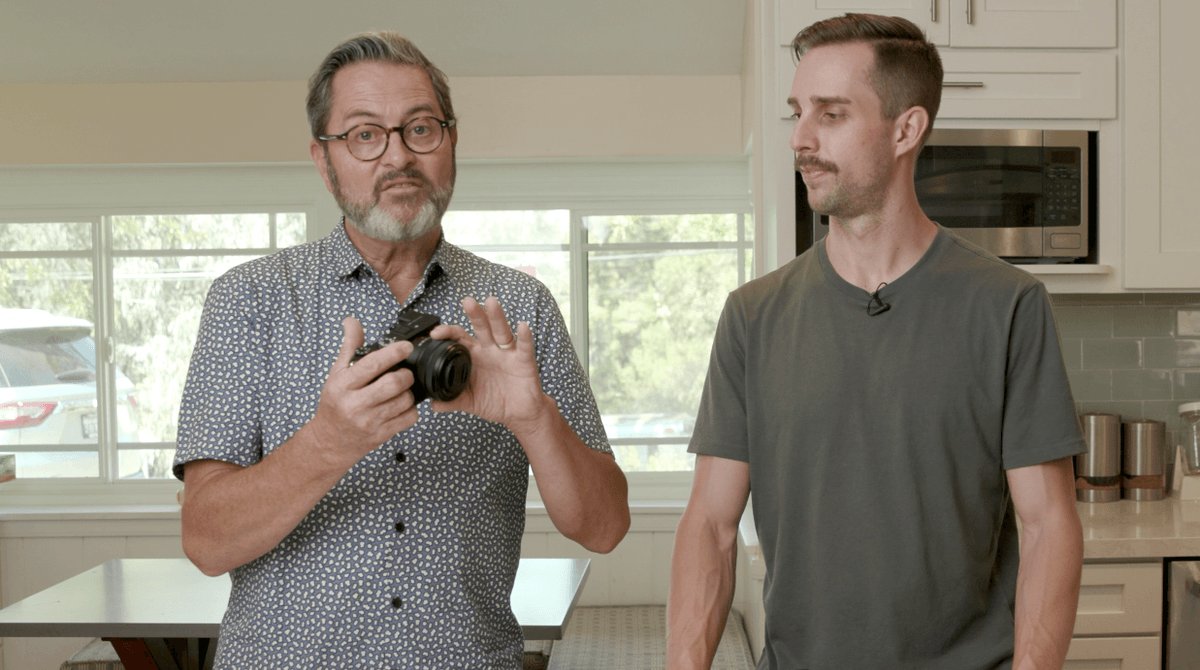 So I would always be ready to capture whatever was at hand. I feel like this is a great kit for that.
So I would always be ready to capture whatever was at hand. I feel like this is a great kit for that. 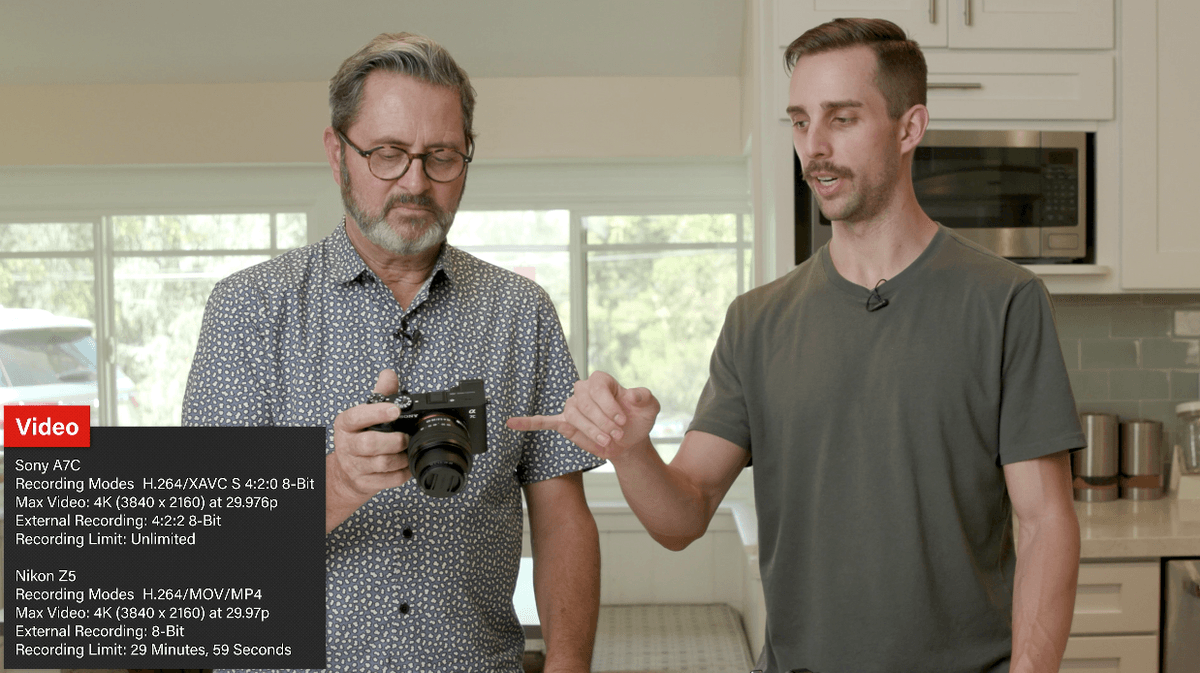 The Nikon feels to me, like it’d be a good entry point for someone who wants to get into a serious photography system and wants to start off with a more serious camera. It would be great for shooting studio shots or weddings and things like that, where the durability and weight are actually a benefit rather than a detriment.
The Nikon feels to me, like it’d be a good entry point for someone who wants to get into a serious photography system and wants to start off with a more serious camera. It would be great for shooting studio shots or weddings and things like that, where the durability and weight are actually a benefit rather than a detriment.
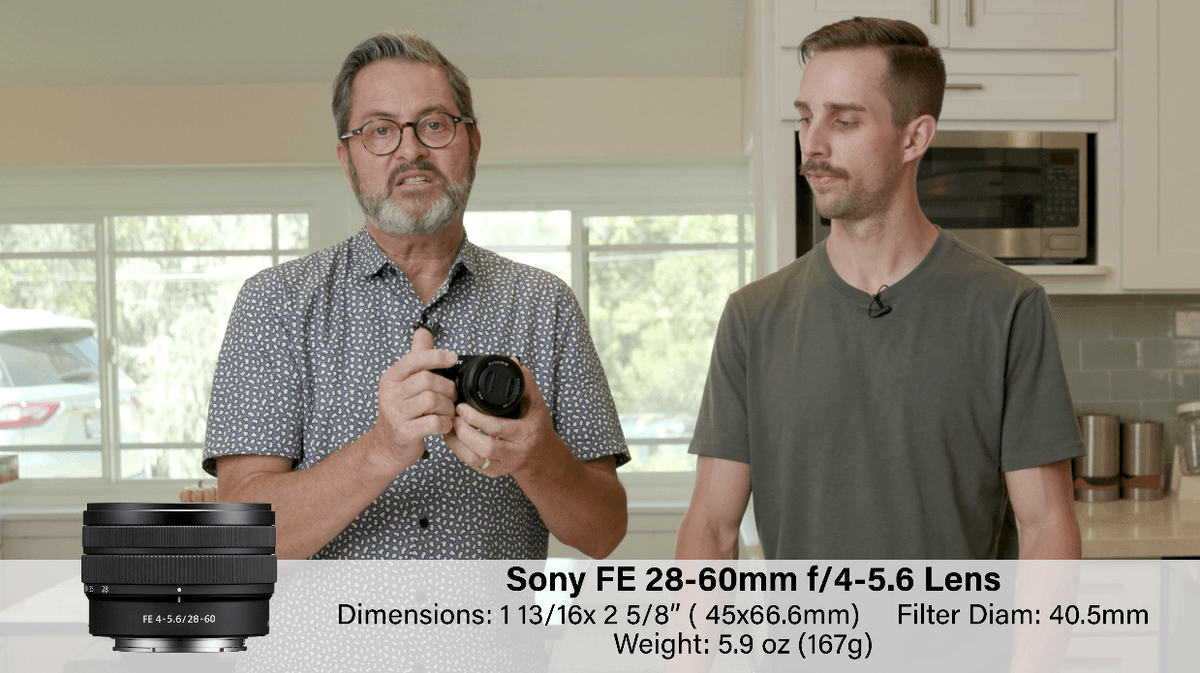
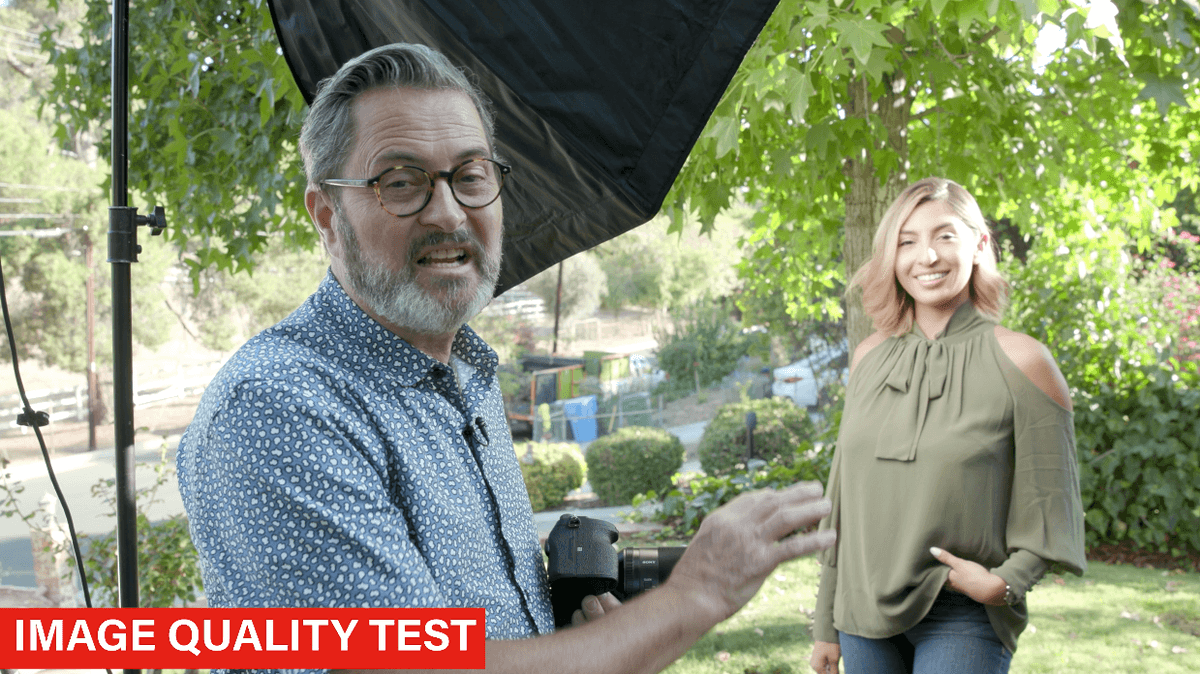 We are going to do an image quality test in a lighting situation that is my absolute favorite. I love it when you have a backlight situation and you’re looking into the shadows of the background and you get a nice rim light on her hair. Then we’re going to add a little LED light to lighten her face, which looks really nice. So let’s shoot away and see how these cameras compare. Which picture looks better?
We are going to do an image quality test in a lighting situation that is my absolute favorite. I love it when you have a backlight situation and you’re looking into the shadows of the background and you get a nice rim light on her hair. Then we’re going to add a little LED light to lighten her face, which looks really nice. So let’s shoot away and see how these cameras compare. Which picture looks better?
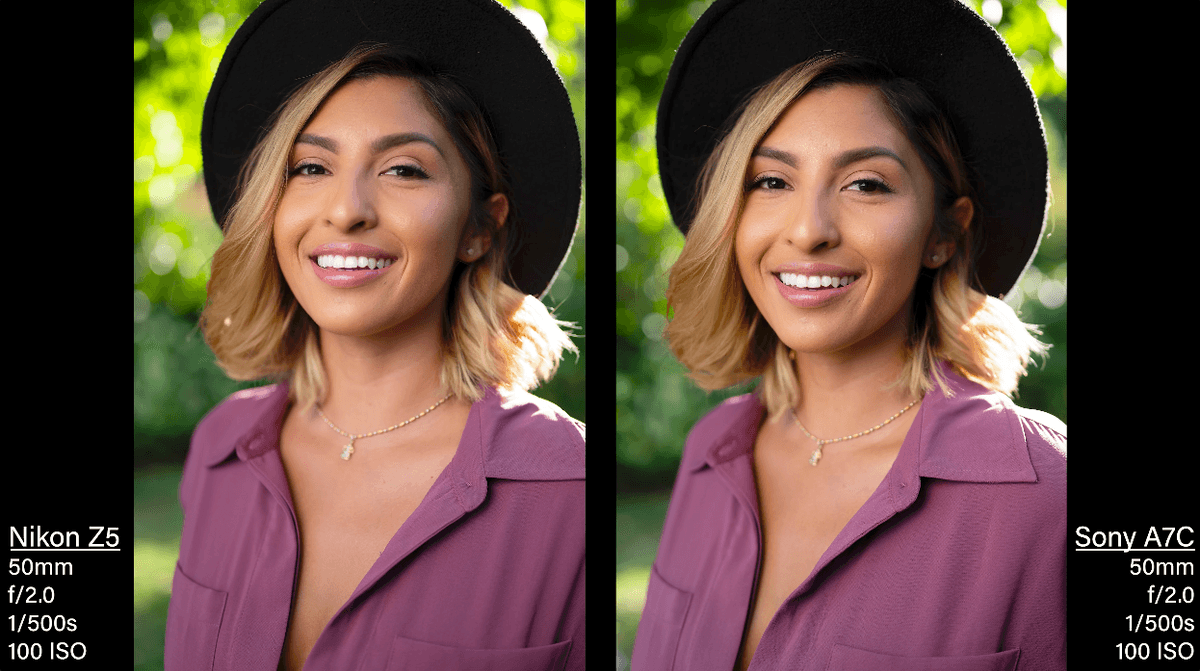 These were adjusted in raw so I had to cool the Nikon off quite a bit and I cooled the Sony off even a little. I adjusted the tint on the Sony which was a little bit green to begin with. But once I’ve done that they look pretty dang similar. The greens look very similar in the background. In the transition from that highlight green
These were adjusted in raw so I had to cool the Nikon off quite a bit and I cooled the Sony off even a little. I adjusted the tint on the Sony which was a little bit green to begin with. But once I’ve done that they look pretty dang similar. The greens look very similar in the background. In the transition from that highlight green 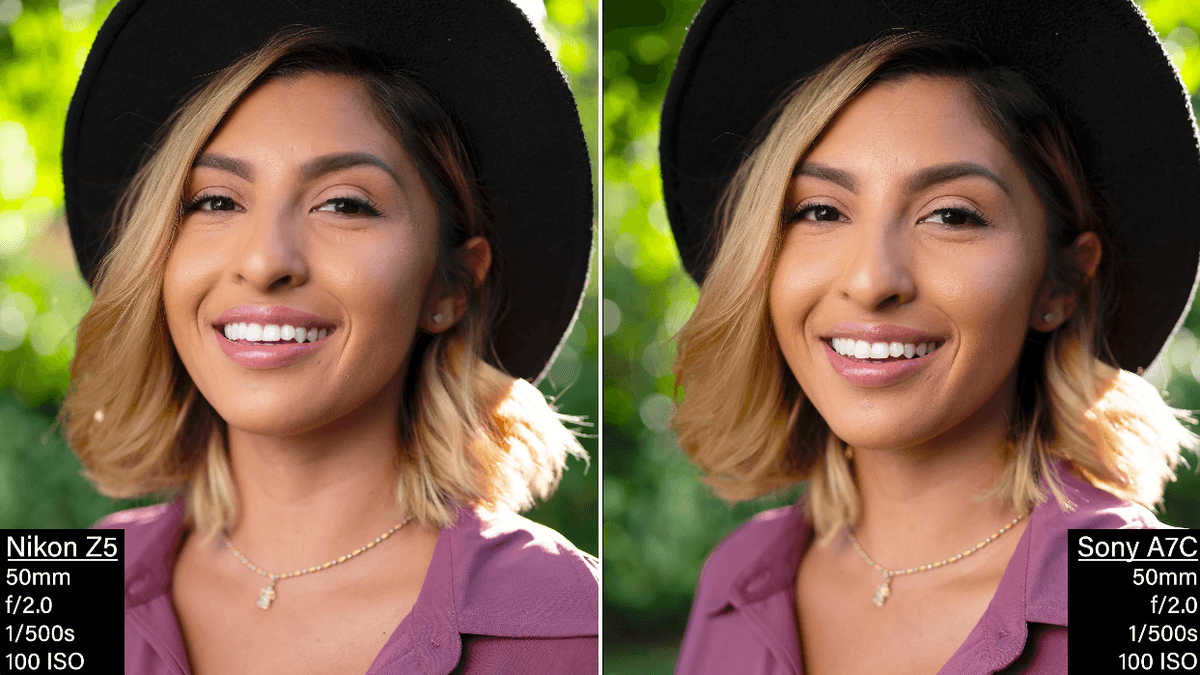 to the deeper green they are very, very similar. The purples look very similar. In the skin tone she’s a little bit yellowish in the Sony and a little bit magenta or red in the Nikon image. Look at the fall off and focus here. It is very interesting because we are focused on her eye, but the necklace and her shoulder falls way out. The depth of field on those two lenses is very similar. How they’re rendering, you’d have a hard time telling those two apart. If you put 20 images up shot like this, you’d have a hard time telling which was which.
to the deeper green they are very, very similar. The purples look very similar. In the skin tone she’s a little bit yellowish in the Sony and a little bit magenta or red in the Nikon image. Look at the fall off and focus here. It is very interesting because we are focused on her eye, but the necklace and her shoulder falls way out. The depth of field on those two lenses is very similar. How they’re rendering, you’d have a hard time telling those two apart. If you put 20 images up shot like this, you’d have a hard time telling which was which.
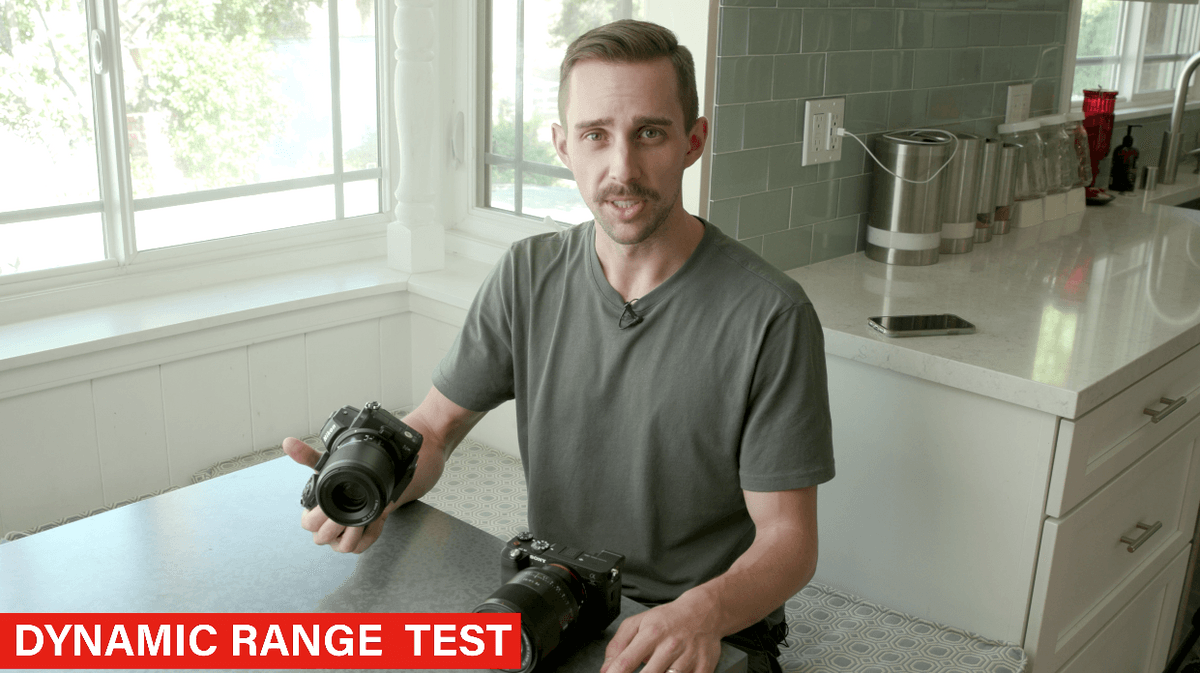 Both these cameras are budget cameras. So if there’s a place I would expect them to struggle it would be in the dynamic range department. We’re going to overexpose our pictures and underexpose them. And then in Photoshop we’ll try to bring them back to a normal range and see where the information disappears. If it’s over or underexposed.
Both these cameras are budget cameras. So if there’s a place I would expect them to struggle it would be in the dynamic range department. We’re going to overexpose our pictures and underexpose them. And then in Photoshop we’ll try to bring them back to a normal range and see where the information disappears. If it’s over or underexposed.
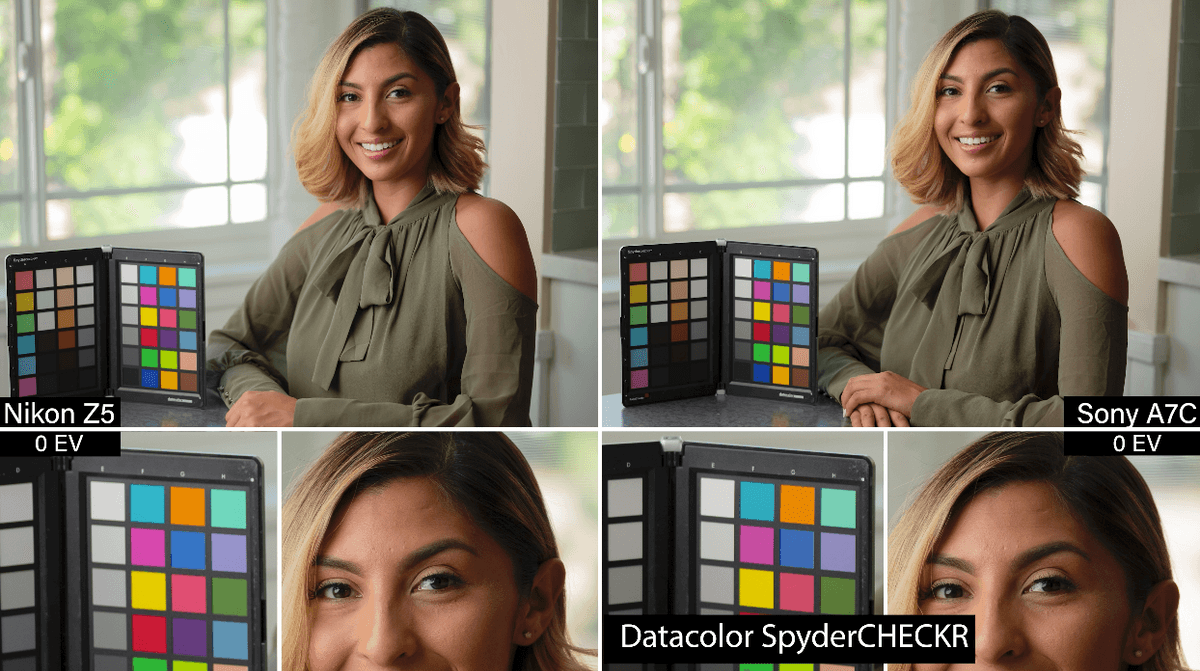 Look at the pinks. I’m figuring this is the Nikon on the left. It’s more vibrant. The colors are a little more snappy, a little more intense. It definitely has a sort of pink hue to the skin, which I like. I feel like there’s a little more tonality to her face in terms of color with the Nikon. Whereas the Sony seems a little more monochromatic when it comes to skin.
Look at the pinks. I’m figuring this is the Nikon on the left. It’s more vibrant. The colors are a little more snappy, a little more intense. It definitely has a sort of pink hue to the skin, which I like. I feel like there’s a little more tonality to her face in terms of color with the Nikon. Whereas the Sony seems a little more monochromatic when it comes to skin.
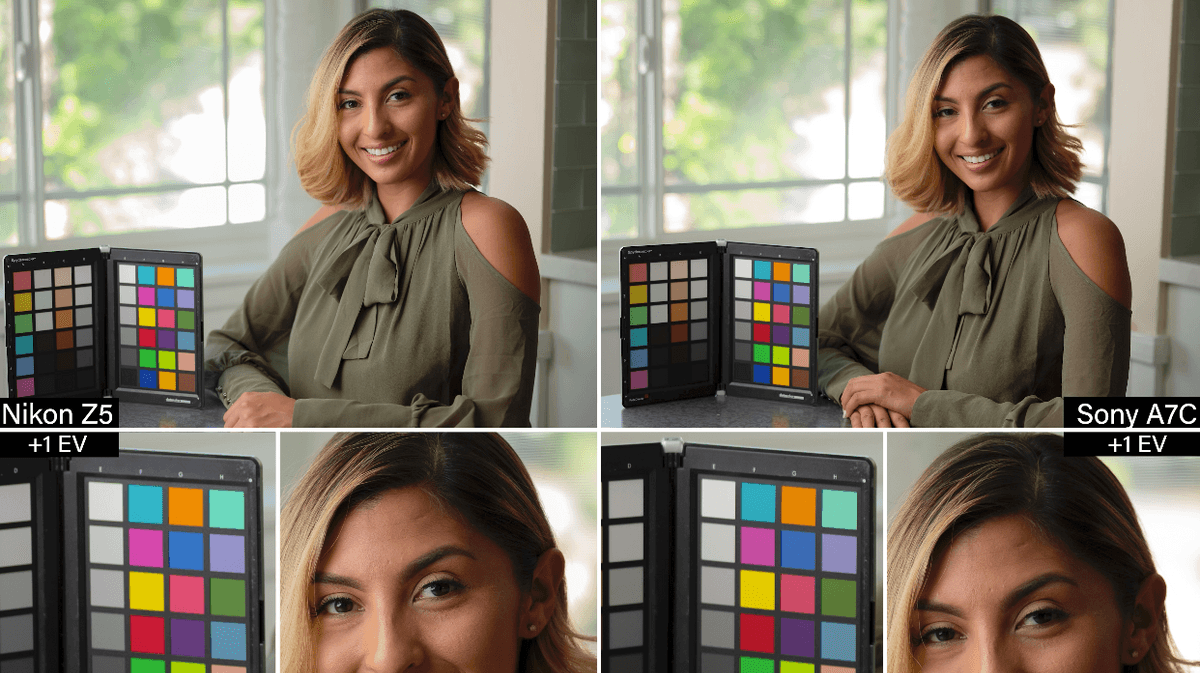 We overexposed by one stop. I should note that the Sony was a little underexposed to begin with. The Sony always is a little under by quarter to a third and sometimes a half of a stop. At one stop they’re both doing fine.
We overexposed by one stop. I should note that the Sony was a little underexposed to begin with. The Sony always is a little under by quarter to a third and sometimes a half of a stop. At one stop they’re both doing fine.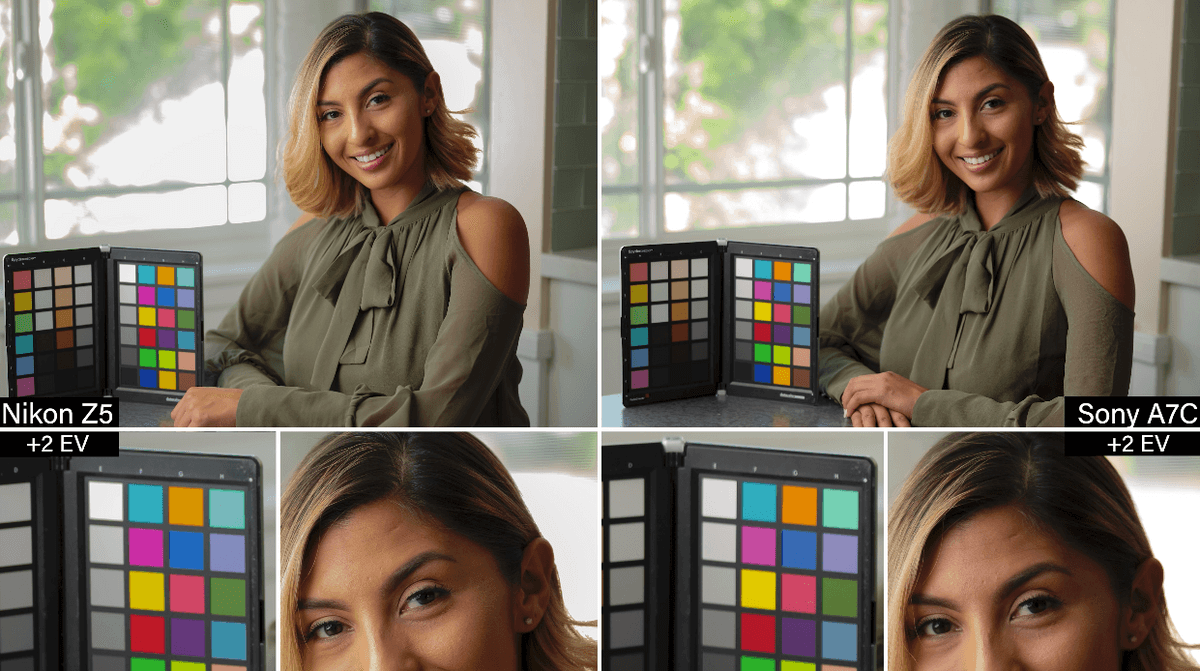 At two stops over exposed the Nikon just turns kind of ugly in a major way in those highlights. But you’re starting to see it in the Sony too. The Sony is headed there. You see it in the trees. Look at her skin on the Nikon. It’s super orange. The color is already starting to get messed up. It’s already shifted.
At two stops over exposed the Nikon just turns kind of ugly in a major way in those highlights. But you’re starting to see it in the Sony too. The Sony is headed there. You see it in the trees. Look at her skin on the Nikon. It’s super orange. The color is already starting to get messed up. It’s already shifted.
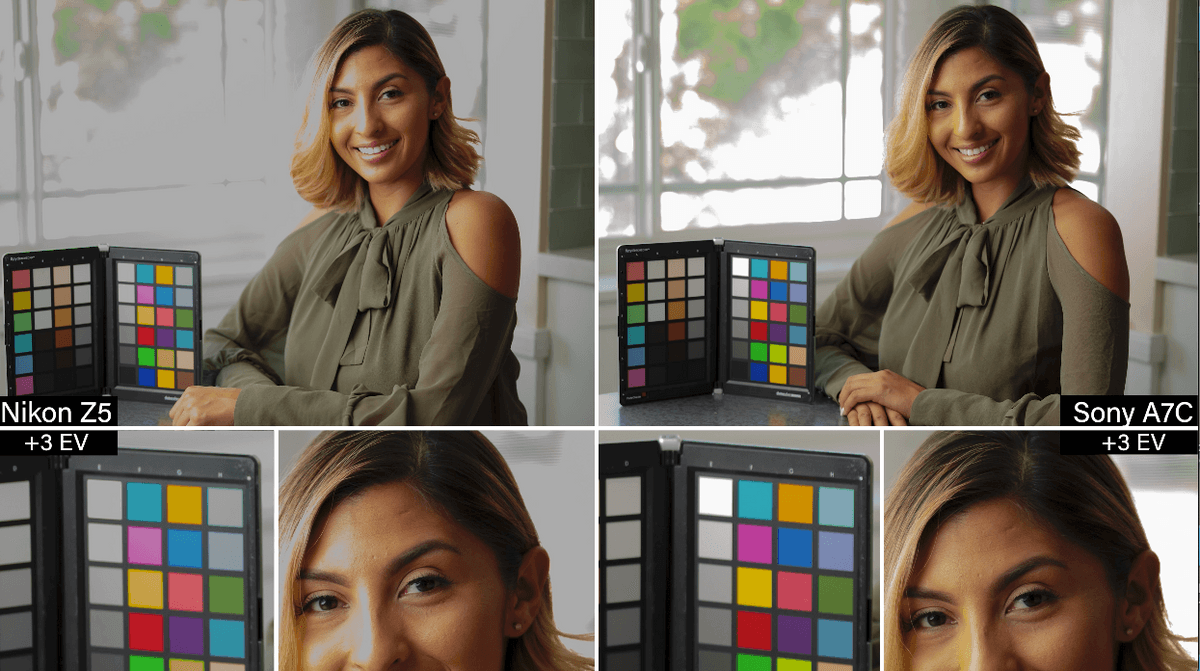 We go to plus three stops and the Nikon just falls off a cliff. The Sony is starting to get into that weird skin range where things haven’t quite clipped but the color is not right either.
We go to plus three stops and the Nikon just falls off a cliff. The Sony is starting to get into that weird skin range where things haven’t quite clipped but the color is not right either.
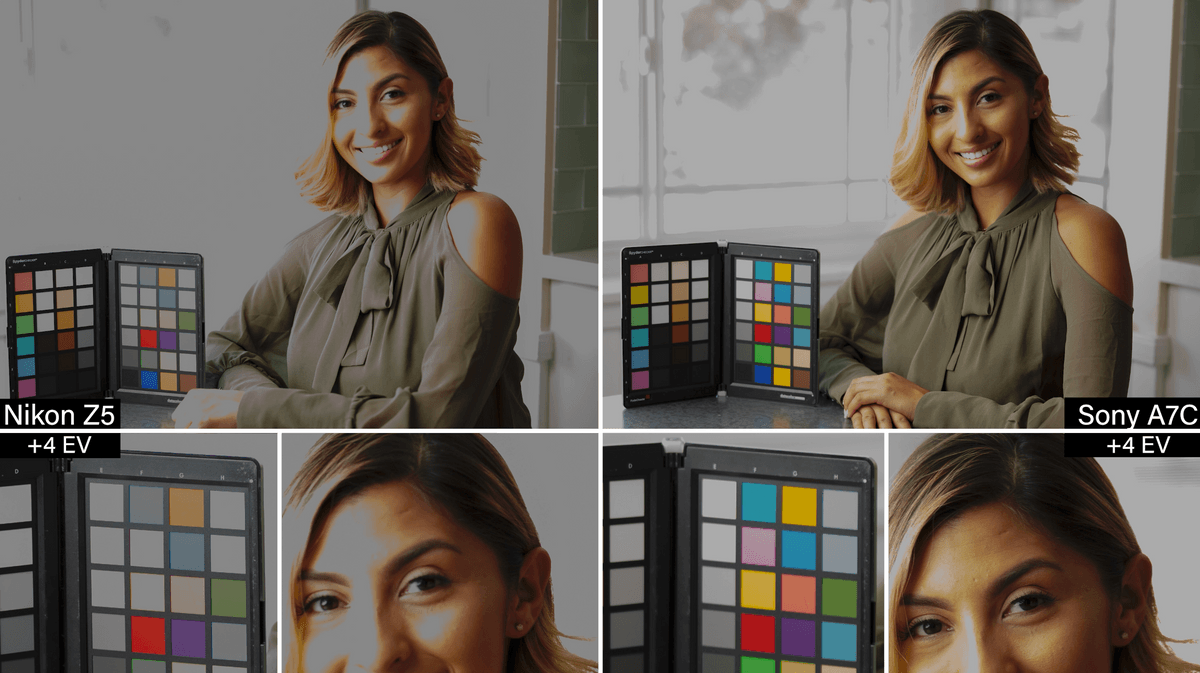 By the time we get to plus four stops the image is done. But the Nikon is definitely blown out much more. It feels like the Sony is holding this almost by a stop. Maybe not quite a stop. But it’s very close. I would say just about a stop.
By the time we get to plus four stops the image is done. But the Nikon is definitely blown out much more. It feels like the Sony is holding this almost by a stop. Maybe not quite a stop. But it’s very close. I would say just about a stop.
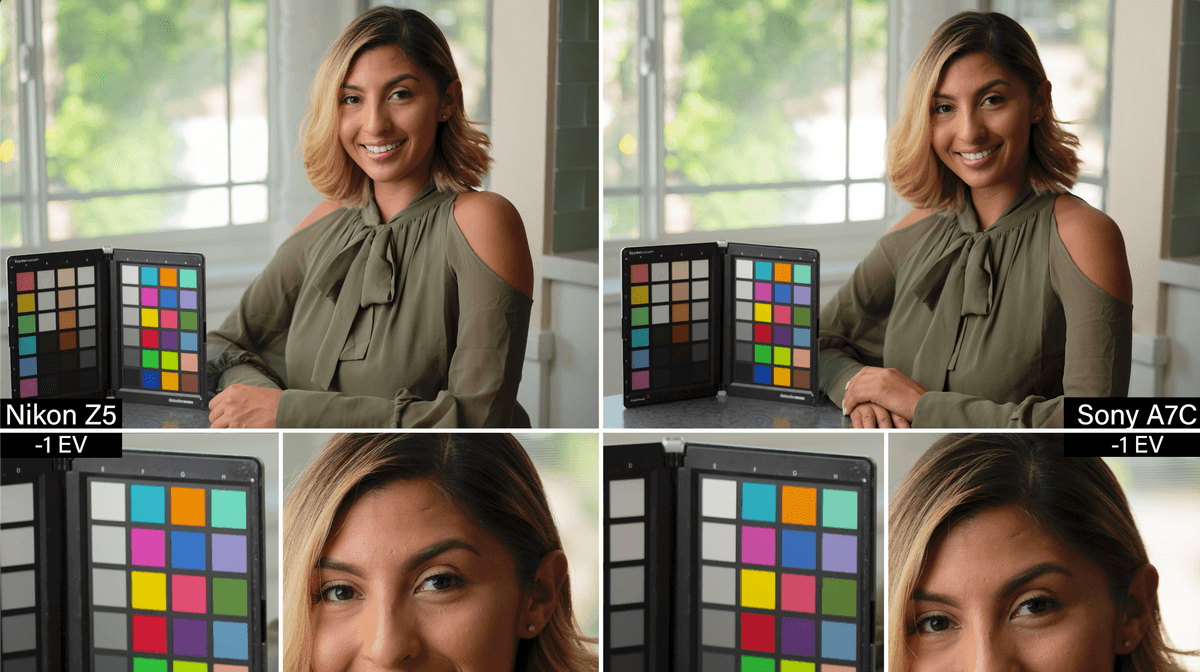 When we underexpose here, going to minus one stop. This is where digital cameras always shine. You can underexpose one or two stops with no problem. And we see that here, the image looks pretty much the same as it did properly exposed.
When we underexpose here, going to minus one stop. This is where digital cameras always shine. You can underexpose one or two stops with no problem. And we see that here, the image looks pretty much the same as it did properly exposed.
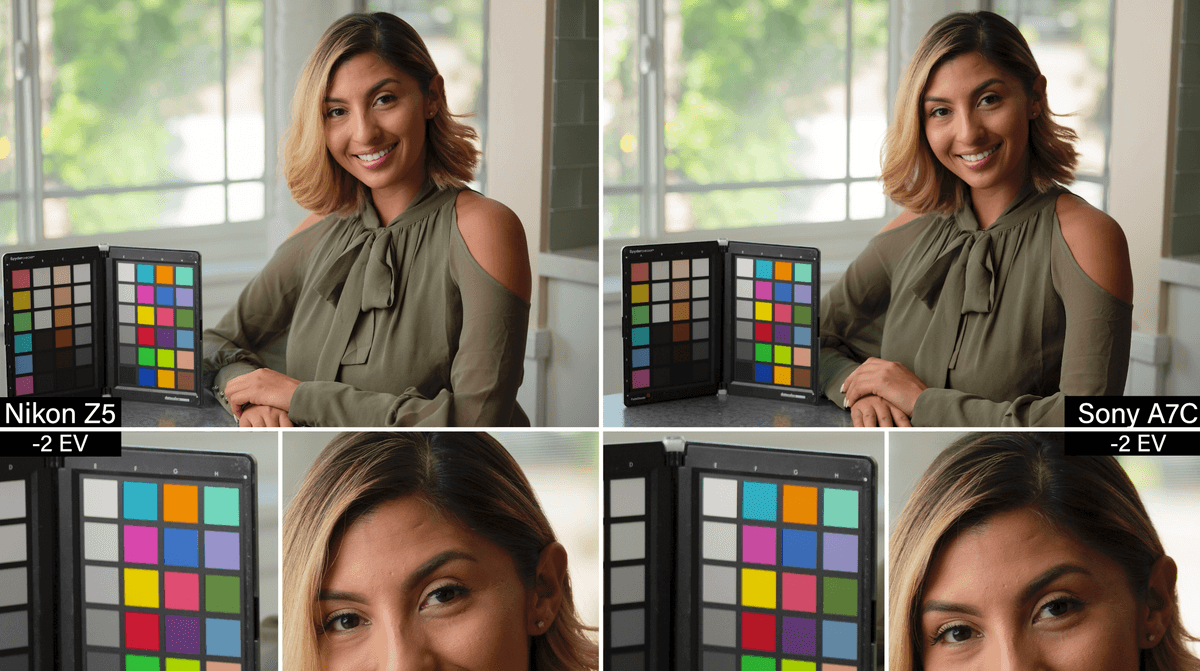 Minus two stops they are both looking pretty good. The contrast on the Sony seems to be a little heavier, but I believe you could just bump up the shadow slider on that. The Nikon looks much more open. It’s much more pleasant. The shadows in the Sony really do seem to be a lot darker.
Minus two stops they are both looking pretty good. The contrast on the Sony seems to be a little heavier, but I believe you could just bump up the shadow slider on that. The Nikon looks much more open. It’s much more pleasant. The shadows in the Sony really do seem to be a lot darker.
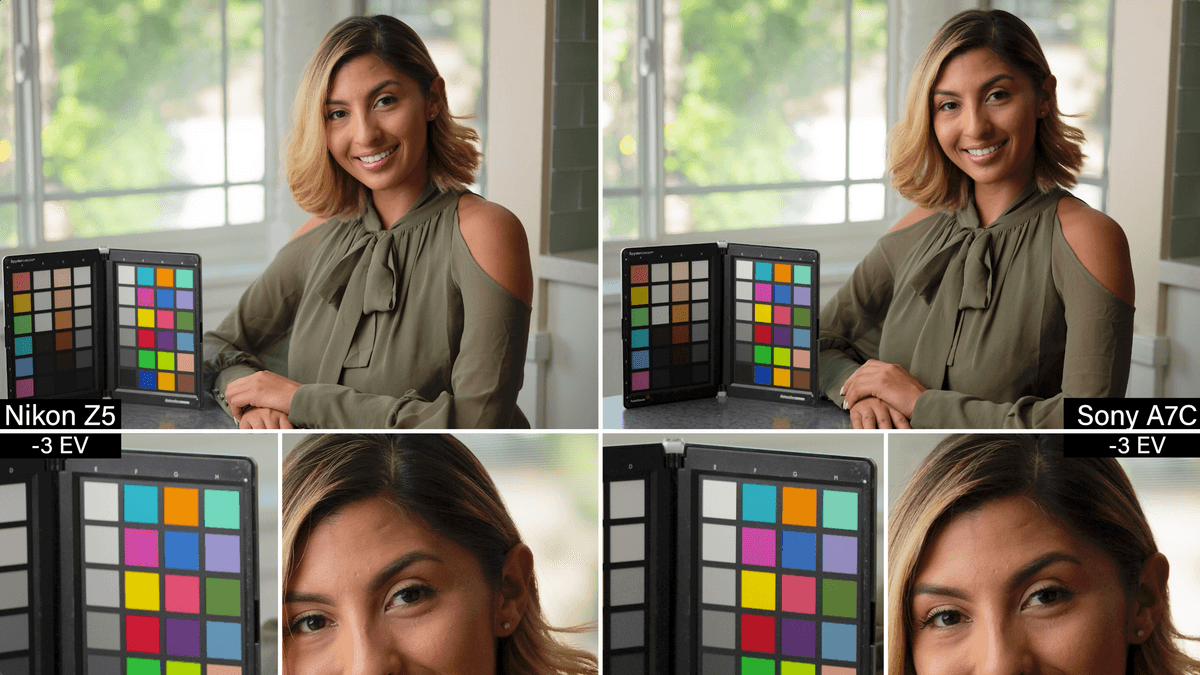 Here at minus three stops everything is still looking pretty good. Look at her face, it still looks amazing at minus three stops. They’re both looking incredible. With the Sony you can open up those shadows a little bit without any problem.
Here at minus three stops everything is still looking pretty good. Look at her face, it still looks amazing at minus three stops. They’re both looking incredible. With the Sony you can open up those shadows a little bit without any problem.
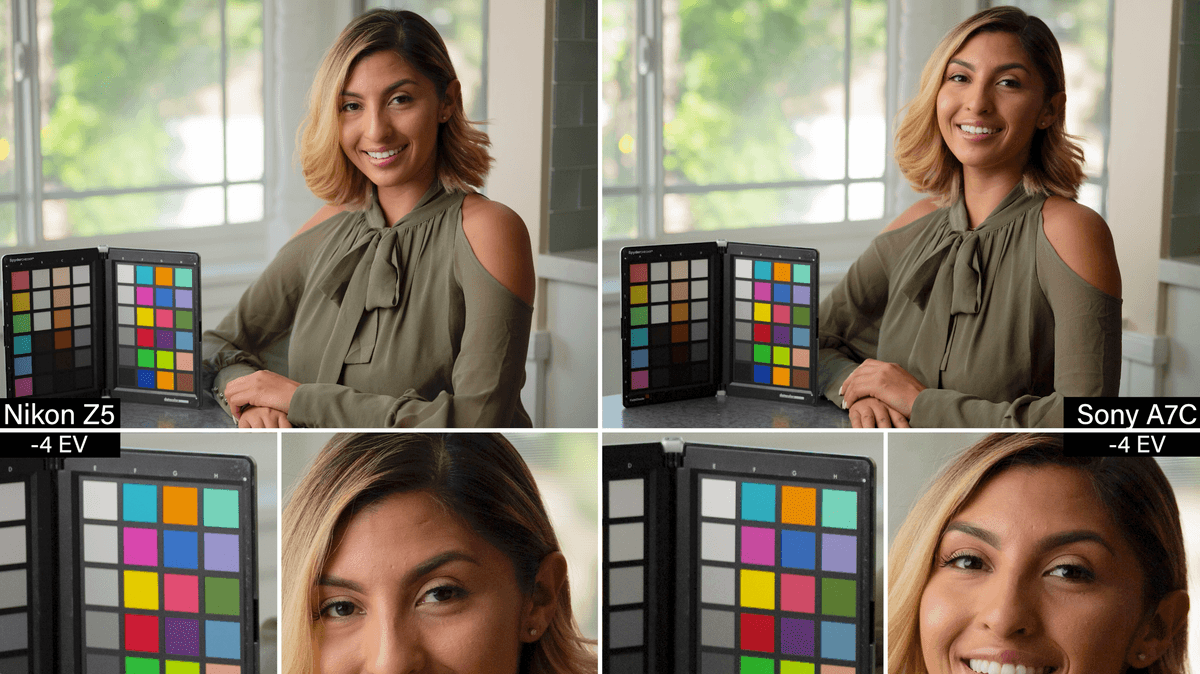 Here’s minus four stops. They look really good. I like underexposing in a situation like this, by at least a stop it not a little more. Because you’re exposing for the highlights and then you’re bringing the shadows up, which makes the image a lot nicer. It collapses that dynamic range and you can do a lot with it.
Here’s minus four stops. They look really good. I like underexposing in a situation like this, by at least a stop it not a little more. Because you’re exposing for the highlights and then you’re bringing the shadows up, which makes the image a lot nicer. It collapses that dynamic range and you can do a lot with it.
I think minus four stops, where we’re at now, is a little much. You’re seeing a lot more grit in the shadow side of her face. But with minus two stops or minus three stops you have plenty of information there.
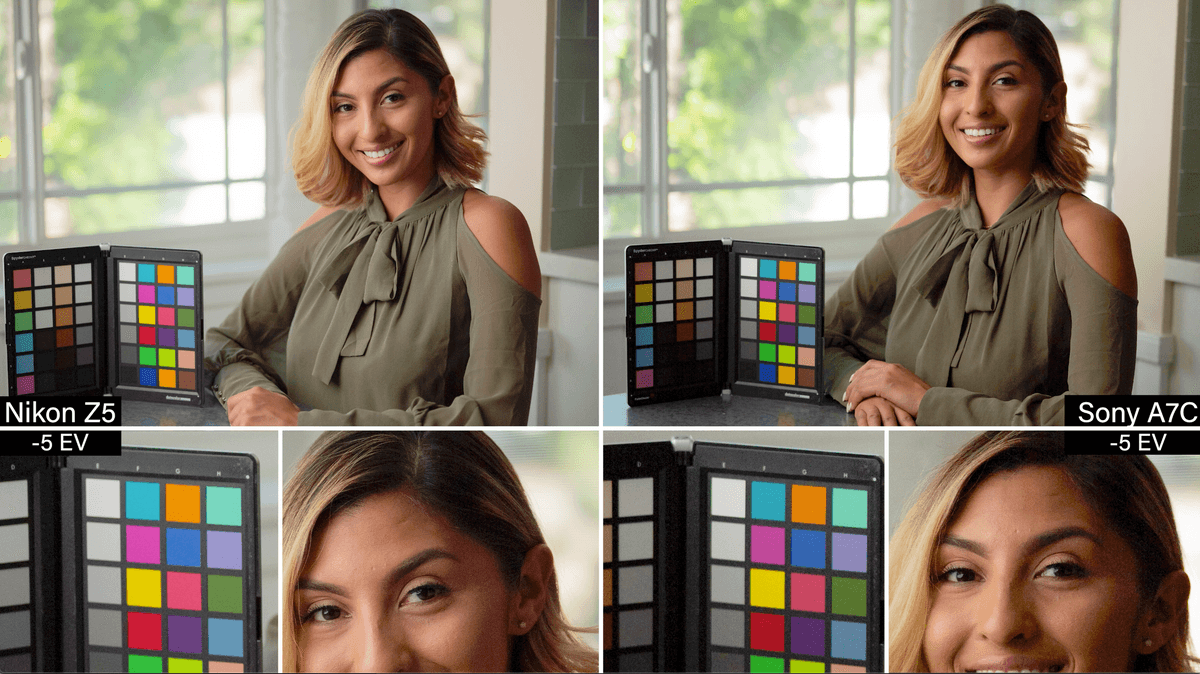 Alright, minus five stops. Let’s take a look at her shirt. Look at the colors all through the front of that green shirt. With the Sony you’re getting that blotchy magenta grain look. You are seeing a little bit of it with the Nikon but not quite as bad. You see the color all through her face. It feels like the Sony has a two thirds stop advantage over the Nikon with the highlights if you are going to overexpose it. But when it comes to underexposing I feel like the Nikon has a little bit of an advantage there. So it might just come out in the wash. That’s kind of where they sit on the scale. Looking at the image I tend to like the Nikon a little better. But I think that’s taste more than anything. It really is because both those are very, very nice images.
Alright, minus five stops. Let’s take a look at her shirt. Look at the colors all through the front of that green shirt. With the Sony you’re getting that blotchy magenta grain look. You are seeing a little bit of it with the Nikon but not quite as bad. You see the color all through her face. It feels like the Sony has a two thirds stop advantage over the Nikon with the highlights if you are going to overexpose it. But when it comes to underexposing I feel like the Nikon has a little bit of an advantage there. So it might just come out in the wash. That’s kind of where they sit on the scale. Looking at the image I tend to like the Nikon a little better. But I think that’s taste more than anything. It really is because both those are very, very nice images.
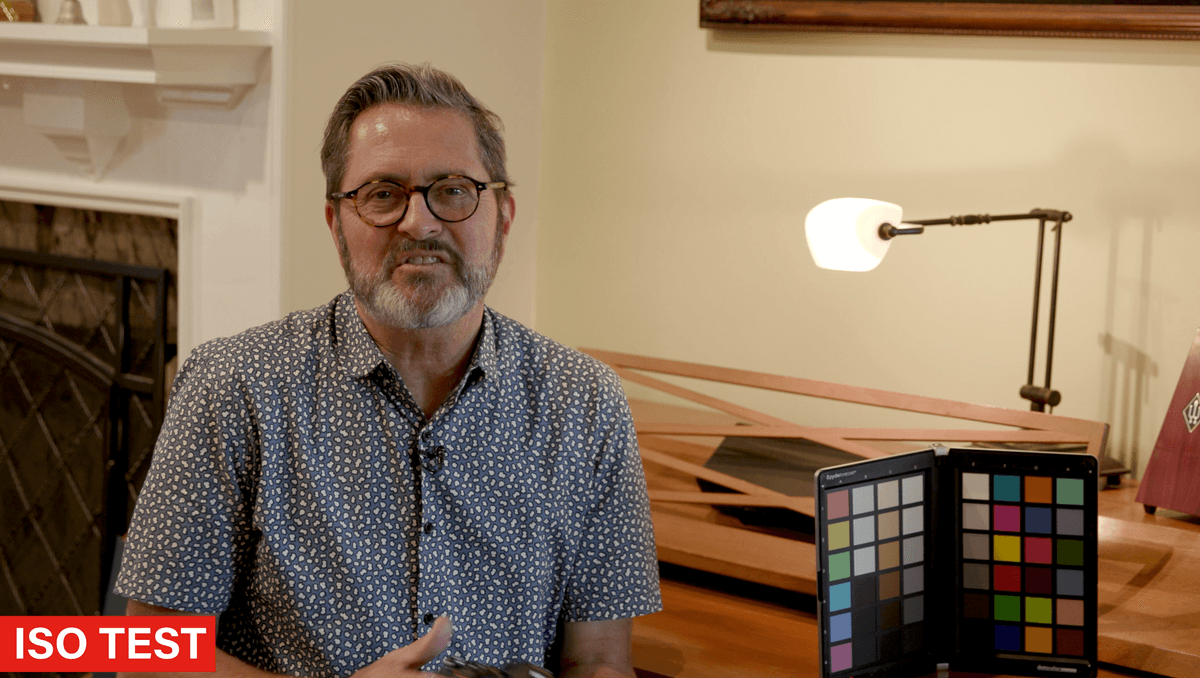 Let’s take a look at the ISO performance of these two cameras. We have such an extended ISO range with these 51,200. We’ll take a look and just see where they fall apart. You may have that range but where is it that they hold together? Where do you feel comfortable shooting? Let’s take a look at that as we compare these two cameras.
Let’s take a look at the ISO performance of these two cameras. We have such an extended ISO range with these 51,200. We’ll take a look and just see where they fall apart. You may have that range but where is it that they hold together? Where do you feel comfortable shooting? Let’s take a look at that as we compare these two cameras.
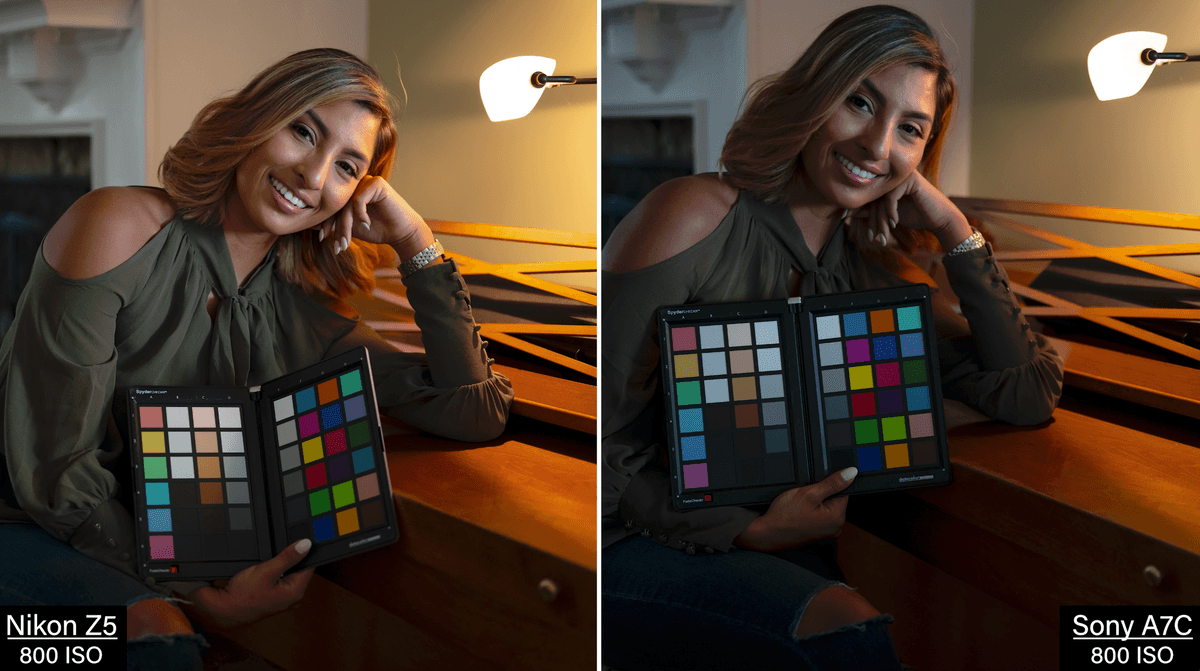 This is straight out of the camera and this is what I saw as I was going through most of these images. At identical settings the Sony’s just darker and sometimes it’s darker by a little bit. Sometimes it’s darker by a lot. This feels like almost a full stop darker to me. Look how much more open the shadows are with the Nikon. The Nikon is really smooth.
This is straight out of the camera and this is what I saw as I was going through most of these images. At identical settings the Sony’s just darker and sometimes it’s darker by a little bit. Sometimes it’s darker by a lot. This feels like almost a full stop darker to me. Look how much more open the shadows are with the Nikon. The Nikon is really smooth.
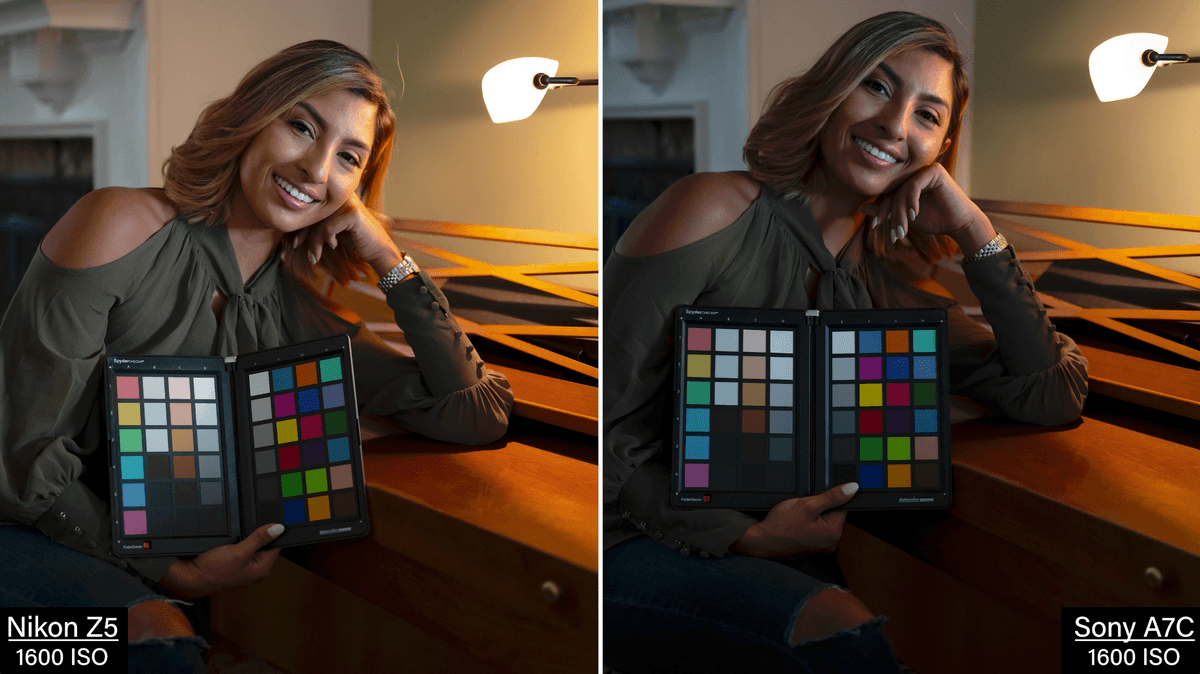 Going to 1600 they are still really clean. But we are starting to see some noise in the deeper shadow parts of the image. There is a little bit of texture in her arm with the Sony. The Nikon also has some texture at 1600. But both these cameras are preserving so much detail and so much information. It’s not distracting at all.
Going to 1600 they are still really clean. But we are starting to see some noise in the deeper shadow parts of the image. There is a little bit of texture in her arm with the Sony. The Nikon also has some texture at 1600. But both these cameras are preserving so much detail and so much information. It’s not distracting at all.
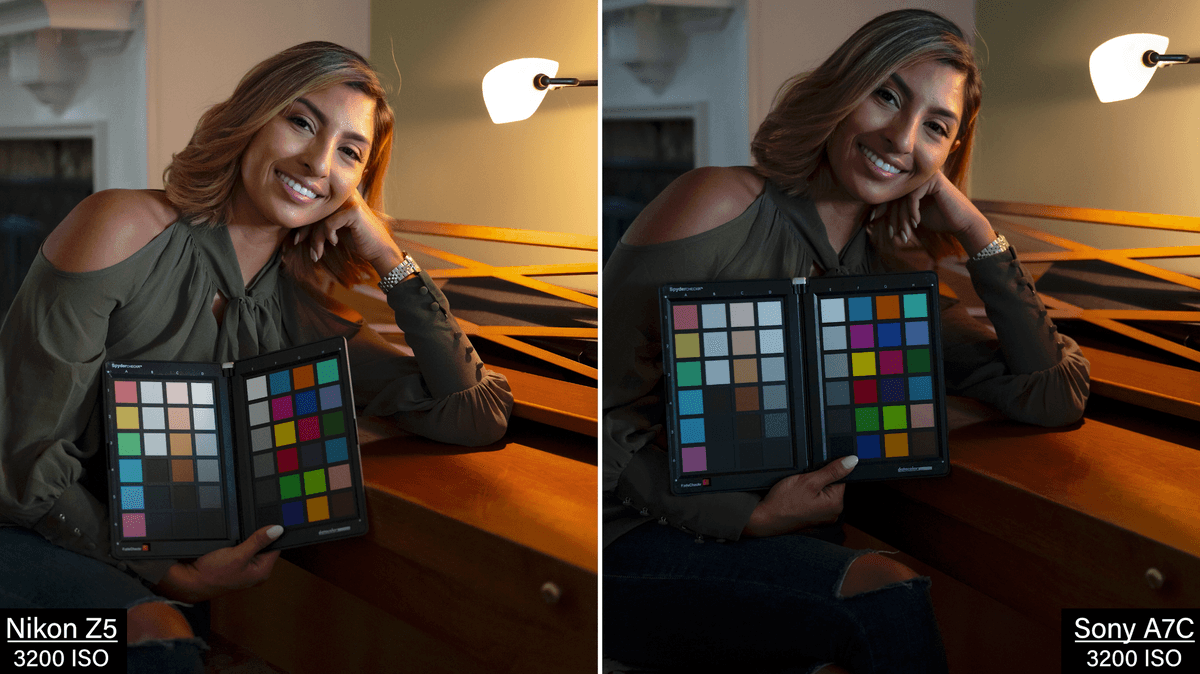 At 3200 ISO I feel like the noise is starting to become noticeable. See it in the background. You see it especially on that wall behind. And you see the colors start to emerge in the grain pattern. It isn’t just a straight grain. It starts to have that digital noise.
At 3200 ISO I feel like the noise is starting to become noticeable. See it in the background. You see it especially on that wall behind. And you see the colors start to emerge in the grain pattern. It isn’t just a straight grain. It starts to have that digital noise.
 At 6400 ISO even without zooming in you can clearly see the noise on both these cameras.
At 6400 ISO even without zooming in you can clearly see the noise on both these cameras.
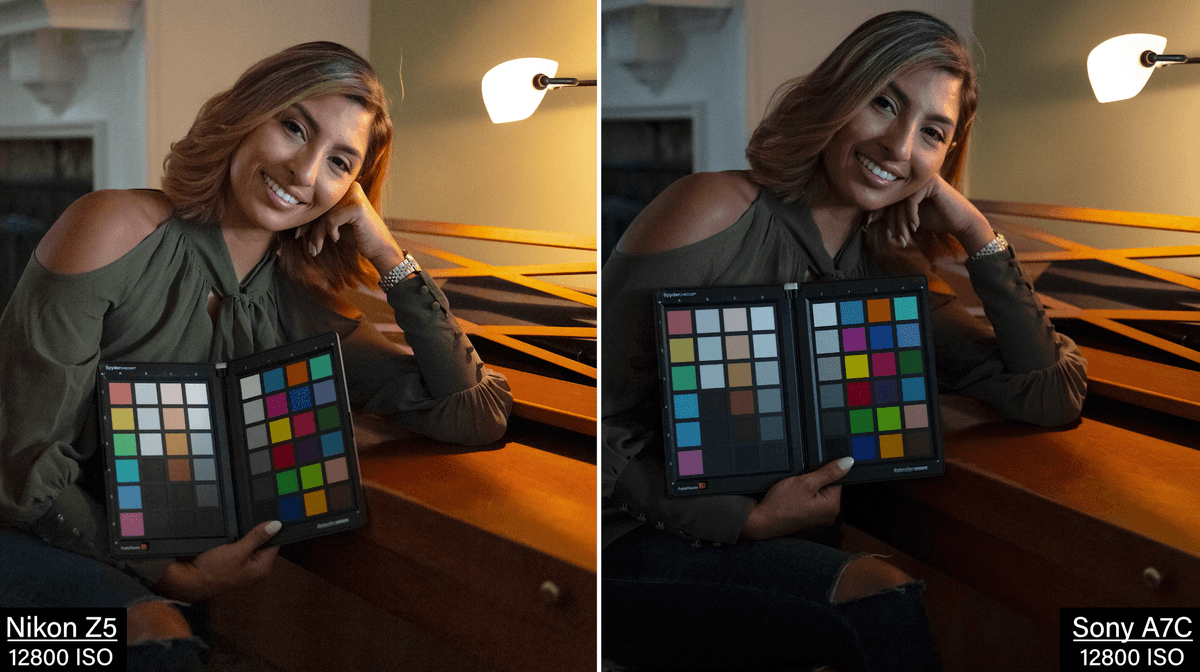 12,800 pretty grainy now. You could de-noise this but you lose a lot of definition. It’s going to start to mush. That’s the one thing I don’t like about de-noising and that is it does just kind of make everything softish, like using a diffusion filter.
12,800 pretty grainy now. You could de-noise this but you lose a lot of definition. It’s going to start to mush. That’s the one thing I don’t like about de-noising and that is it does just kind of make everything softish, like using a diffusion filter.
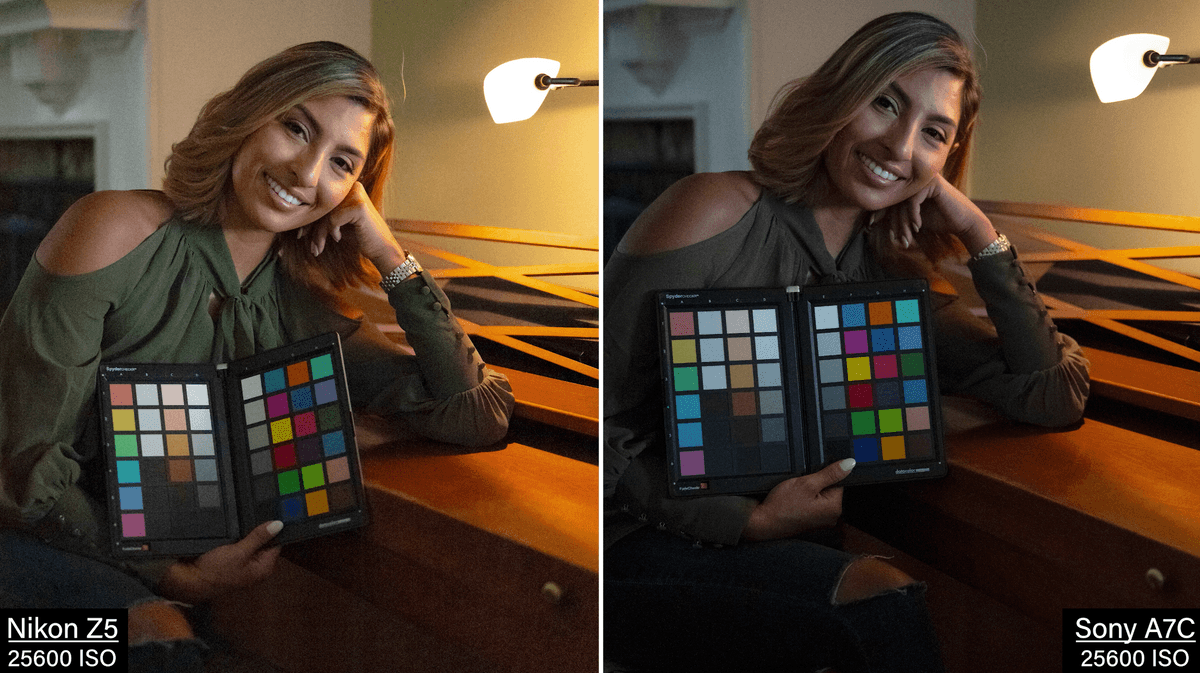 Here is 25,600. What’s interesting here is the Nikon is holding the brightness better. The Sony is dark as always. I do also feel like the Nikon is starting to shift green. You’re definitely seeing banding patterns in the in the wall above her head.
Here is 25,600. What’s interesting here is the Nikon is holding the brightness better. The Sony is dark as always. I do also feel like the Nikon is starting to shift green. You’re definitely seeing banding patterns in the in the wall above her head.
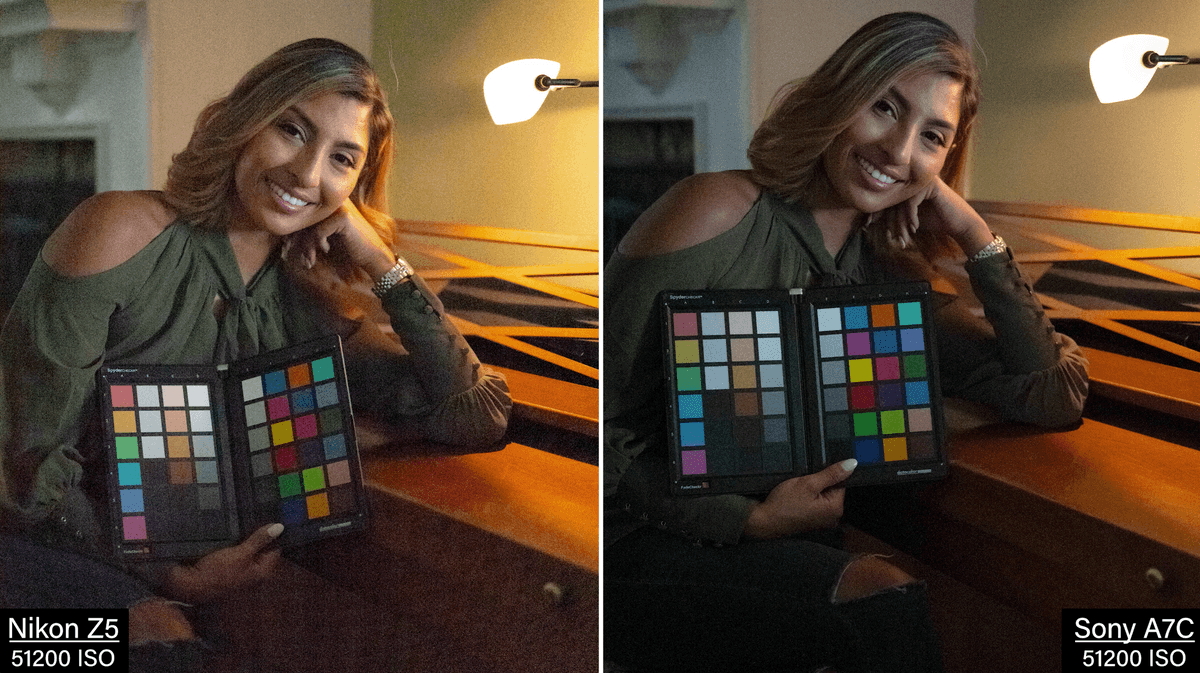 Taking a look at ISO 51,200. I actually think the Sony is a little cleaner. Again, maybe it’s because it’s darker. And if you push the exposure up in post it will come out. Look at it on her face and the background. It’s a much, much heavier grain pattern and color patterns in that grain.
Taking a look at ISO 51,200. I actually think the Sony is a little cleaner. Again, maybe it’s because it’s darker. And if you push the exposure up in post it will come out. Look at it on her face and the background. It’s a much, much heavier grain pattern and color patterns in that grain.
I feel like through most of the range, the Nikon has an advantage just because it’s brighter to begin with. But then you get towards the higher end of the range and the Sony seems to hold it together a little bit better.
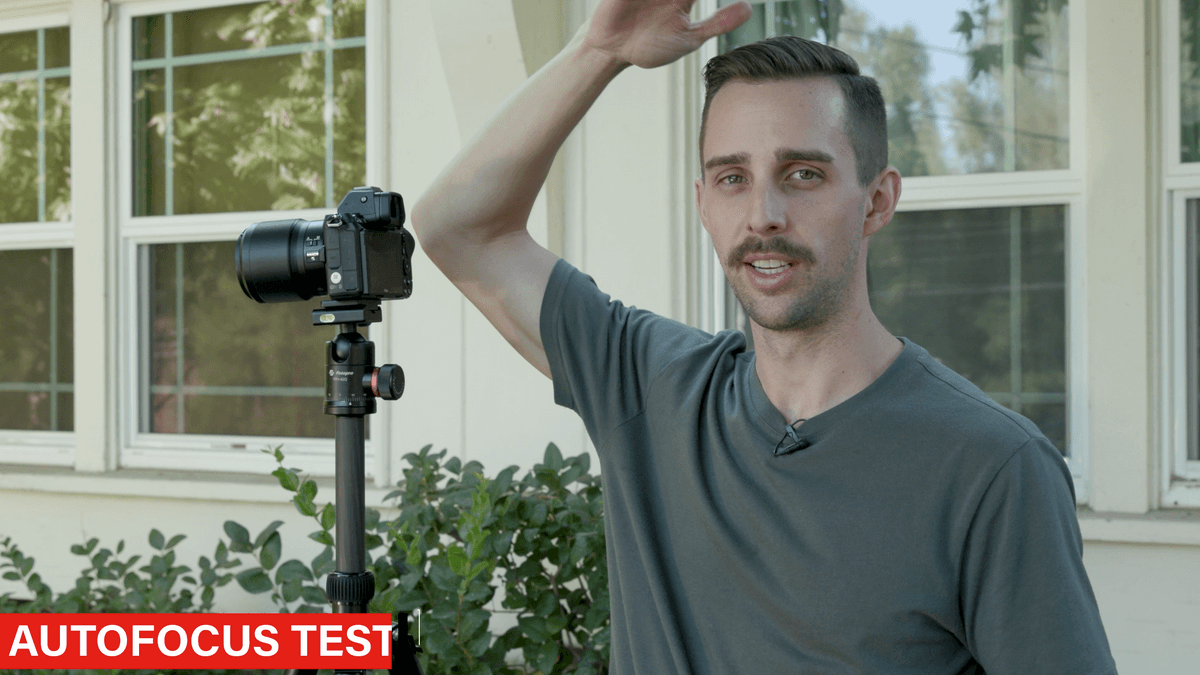 So we’re going to do a quick autofocus test. Bonnie’s going to stand way back there behind some bushes, and she’s going to walk towards the camera to a nice close up headshot. We’ll see how the focus holds her. The Nikon has 273 autofocus points. The Sony has almost triple that at 693. But they both have eye detect and tracking. So we’ll see how it pans out.
So we’re going to do a quick autofocus test. Bonnie’s going to stand way back there behind some bushes, and she’s going to walk towards the camera to a nice close up headshot. We’ll see how the focus holds her. The Nikon has 273 autofocus points. The Sony has almost triple that at 693. But they both have eye detect and tracking. So we’ll see how it pans out.
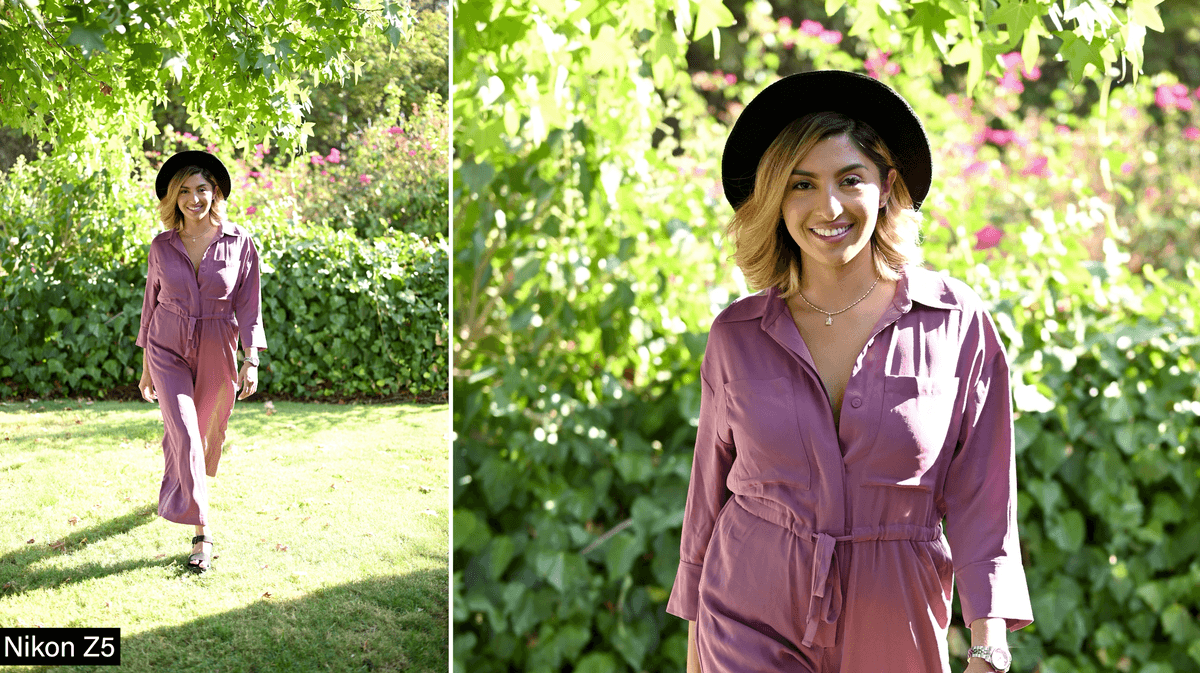 We’re going to take a look at the autofocus feature on these two cameras. We have her walking towards us from the sun into the shade. There’s a couple of things happening here that might be a little hard for these cameras.
We’re going to take a look at the autofocus feature on these two cameras. We have her walking towards us from the sun into the shade. There’s a couple of things happening here that might be a little hard for these cameras. 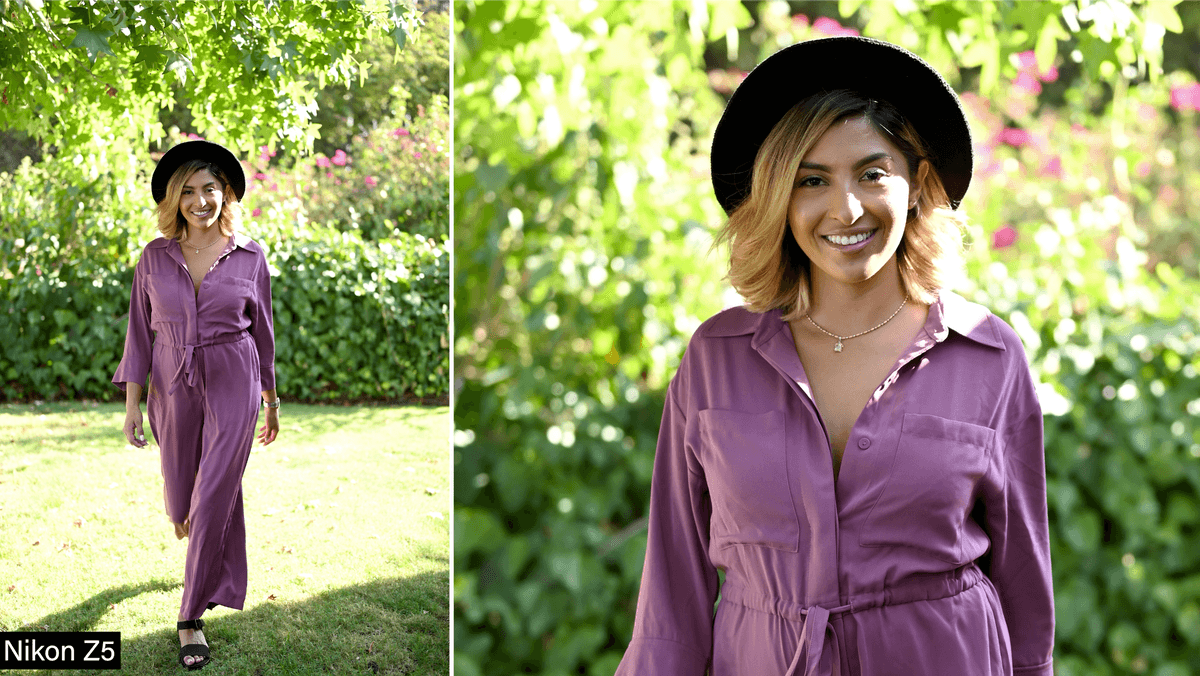 But you know, as you look at this, the Nikon stays with her pretty darn sharp and the autofocus stays with her. We’re on high speed at four frames per second, which is the highest it goes, which is one of the downsides of the Nikon.
But you know, as you look at this, the Nikon stays with her pretty darn sharp and the autofocus stays with her. We’re on high speed at four frames per second, which is the highest it goes, which is one of the downsides of the Nikon. 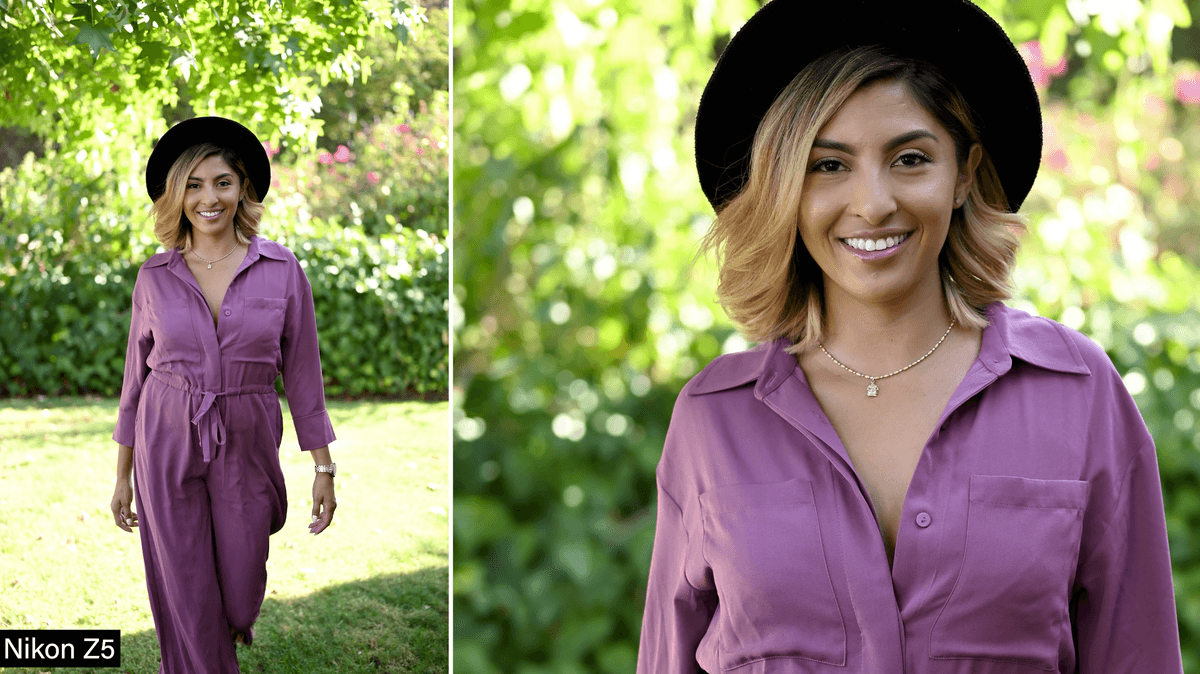 So we only have 21 images here. But of those 21 images, there are maybe two soft images. So that’s a 10% Miss, which is not amazing. That’s nothing.
So we only have 21 images here. But of those 21 images, there are maybe two soft images. So that’s a 10% Miss, which is not amazing. That’s nothing.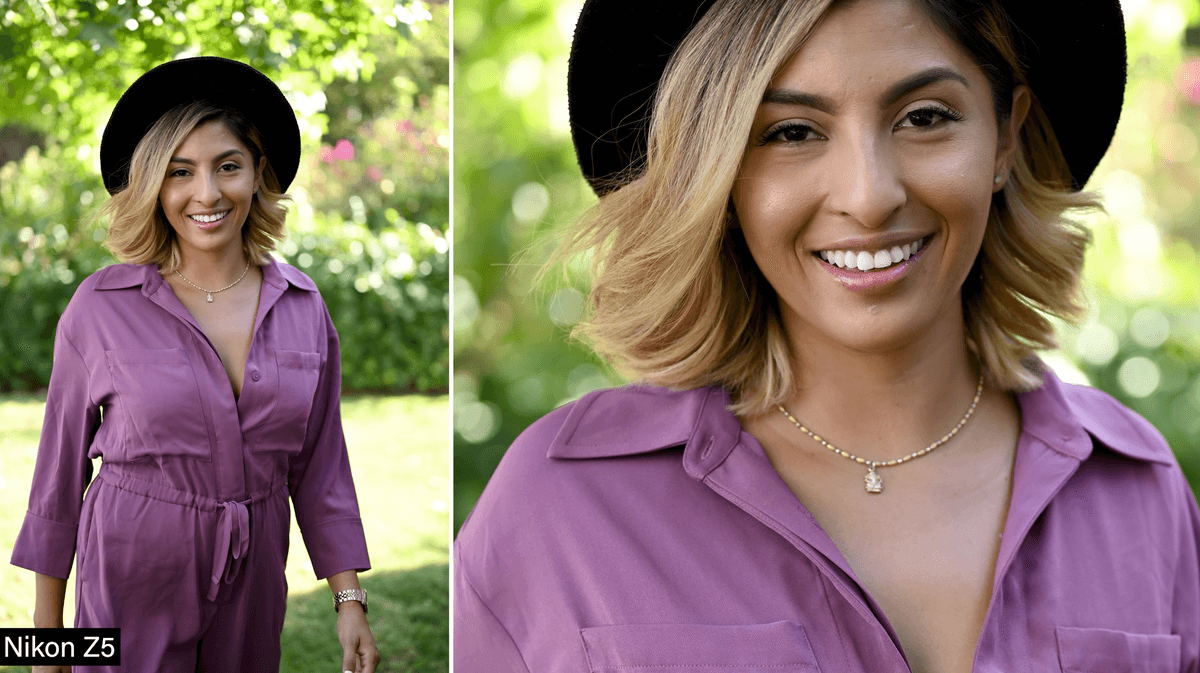
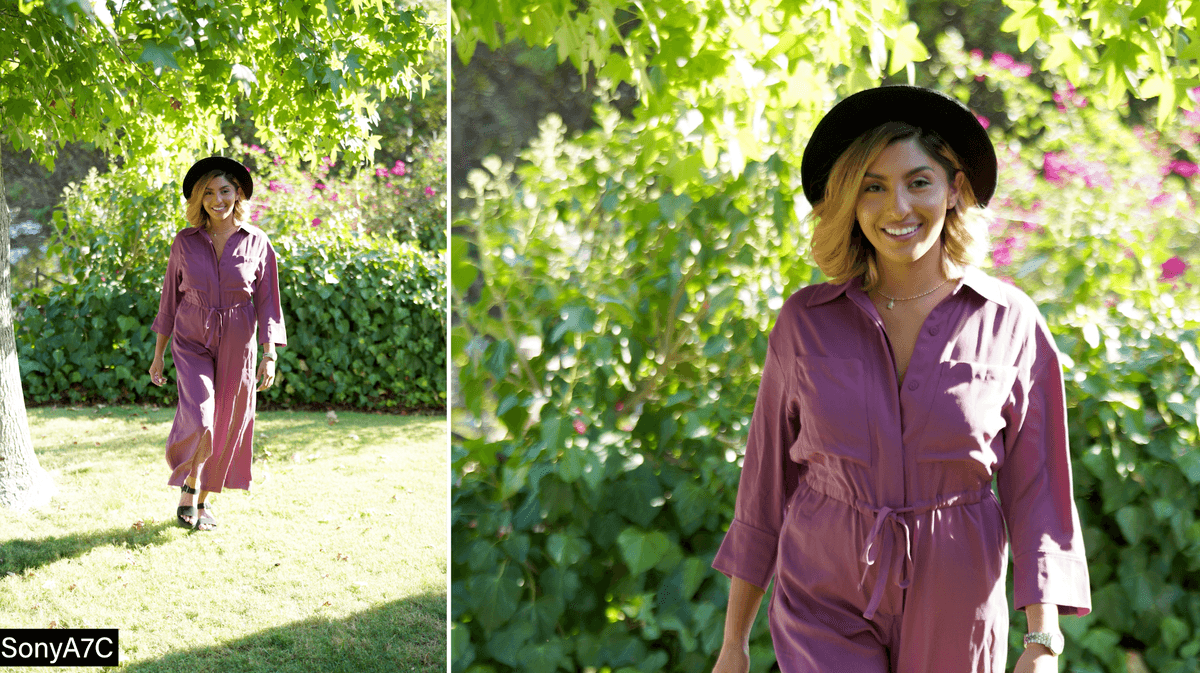 With the Sony we set this to medium. The Sony can shoot much faster, I think it does up to 10 frames per second. I was trying to make it a little less than that. We have 30 frames. It’s maybe two or three misses.
With the Sony we set this to medium. The Sony can shoot much faster, I think it does up to 10 frames per second. I was trying to make it a little less than that. We have 30 frames. It’s maybe two or three misses.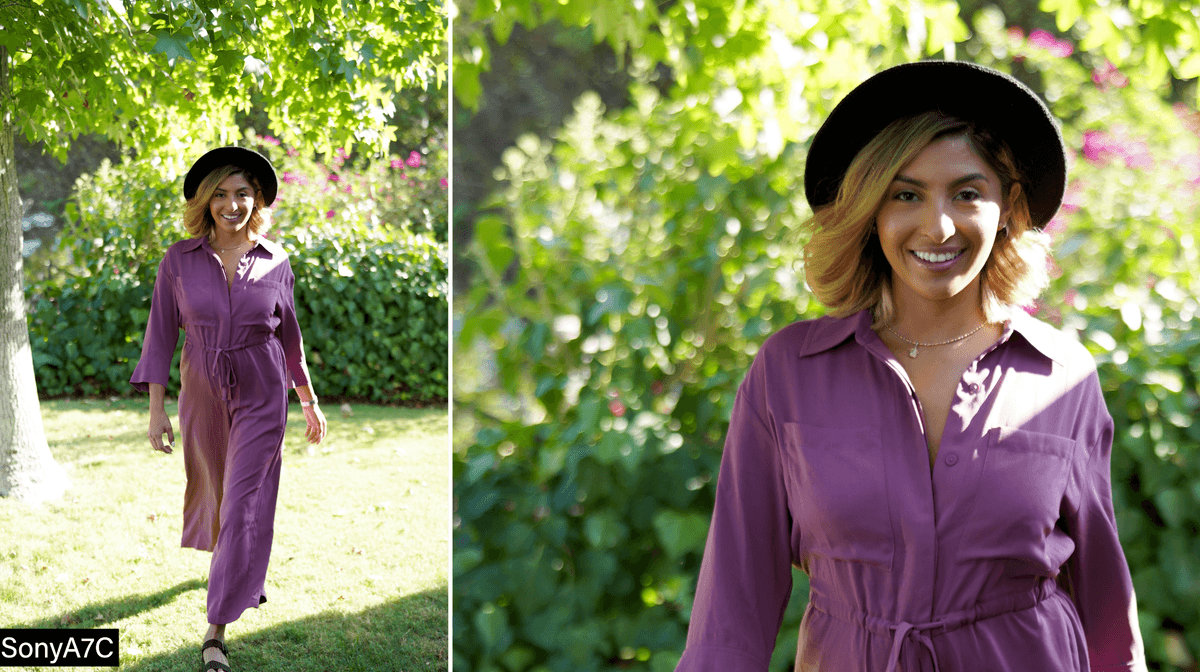 So roughly the same ratio with the Sony. Both systems are really performing about the same. Autofocus is really fascinating because it used to be a big issue.
So roughly the same ratio with the Sony. Both systems are really performing about the same. Autofocus is really fascinating because it used to be a big issue. 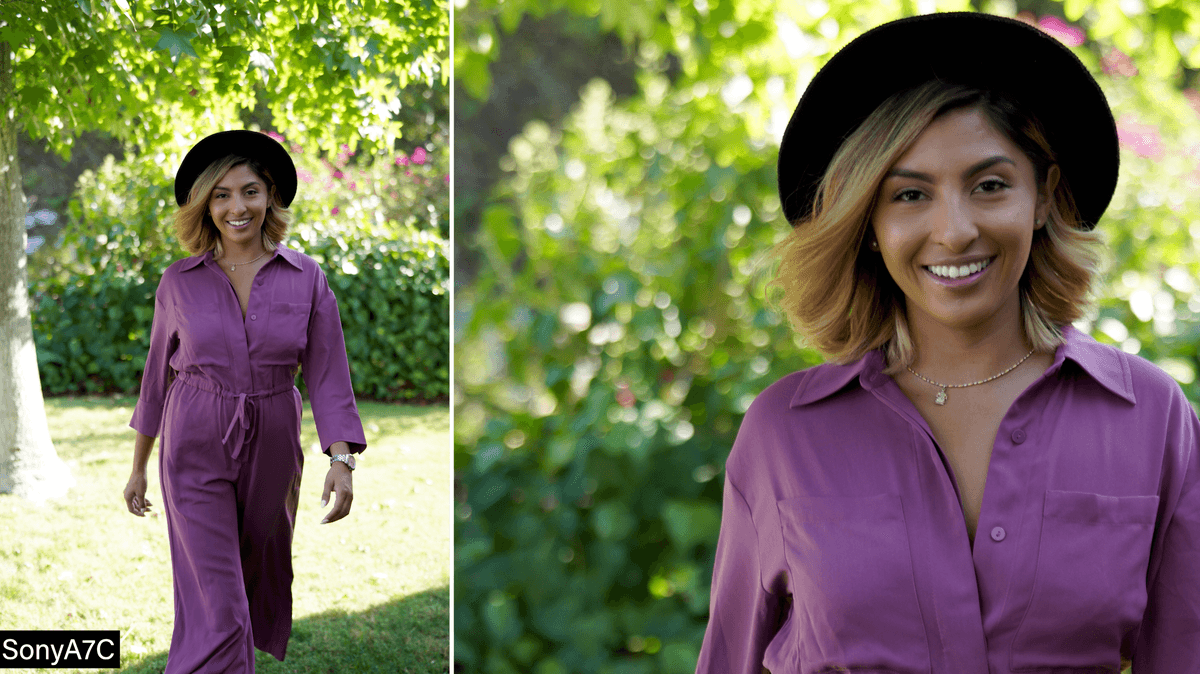 But it has started to be that most of these camera manufacturers, at least the big big ones have very reliable autofocus. They are great for movements. They both eye track.
But it has started to be that most of these camera manufacturers, at least the big big ones have very reliable autofocus. They are great for movements. They both eye track. 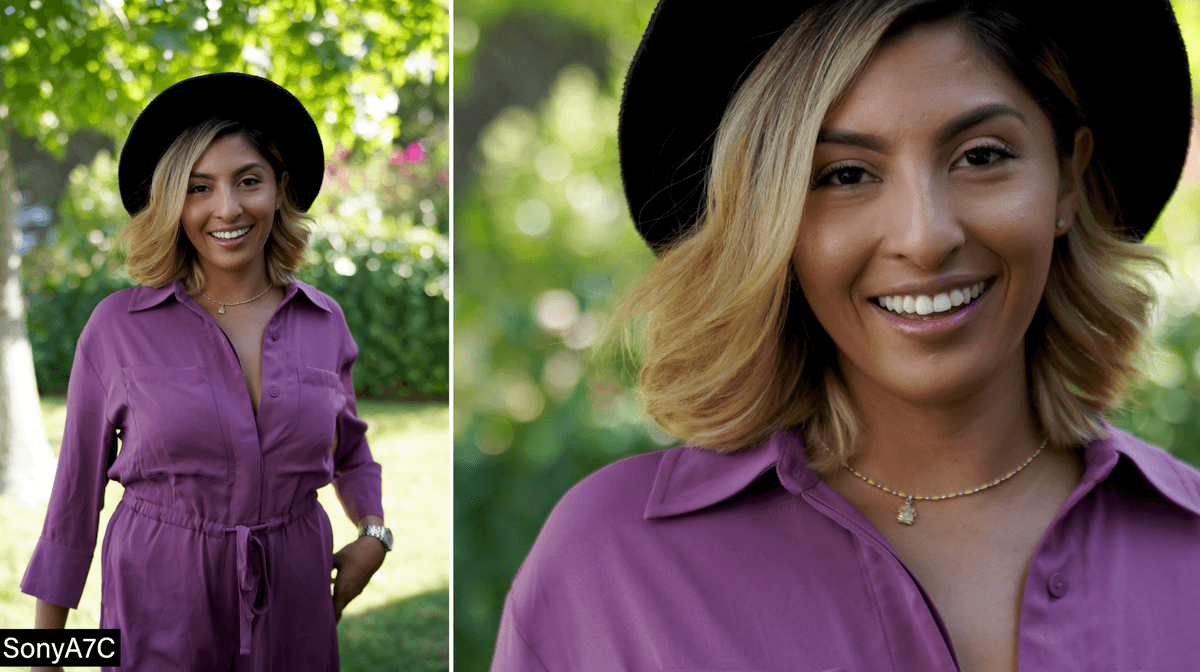 So I think both these perform extremely well. You wouldn’t have to compromise with either one of them.
So I think both these perform extremely well. You wouldn’t have to compromise with either one of them.
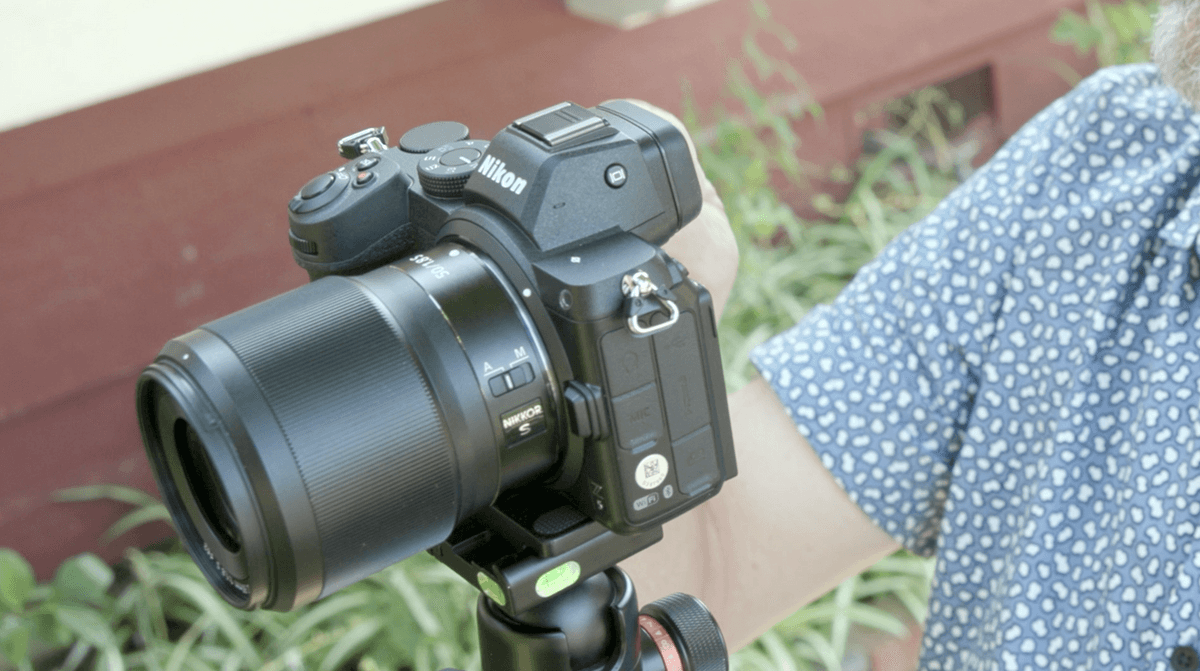 So what do we think overall, between these two cameras? If you had to pick one? What would you pick? What are the criteria?
So what do we think overall, between these two cameras? If you had to pick one? What would you pick? What are the criteria?
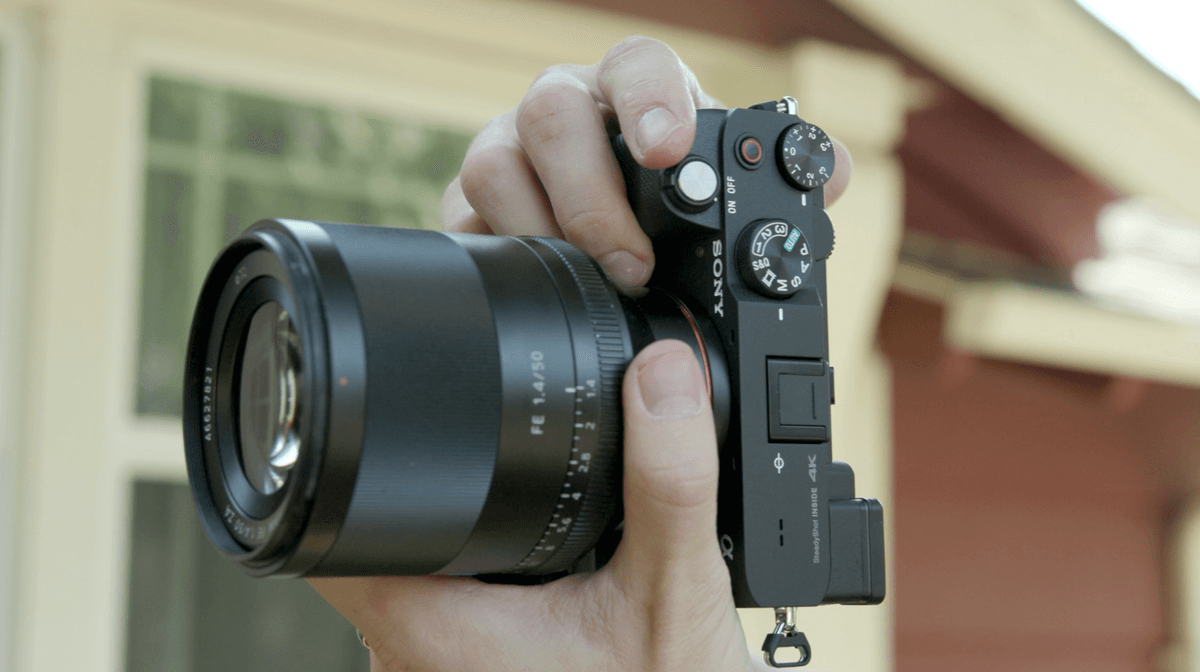 I think the criteria for these becomes not necessarily features any longer. Although I think features are really important. Which one feels better in your hand? I feel like you make a decision about cameras like this, make a decision on what lens line you want to invest in. And where do you want your future to be? Is this a one-time camera purchase? Will you use it forever and ever? Or do you want to start here and work up and get bigger, nicer cameras with more and more features?
I think the criteria for these becomes not necessarily features any longer. Although I think features are really important. Which one feels better in your hand? I feel like you make a decision about cameras like this, make a decision on what lens line you want to invest in. And where do you want your future to be? Is this a one-time camera purchase? Will you use it forever and ever? Or do you want to start here and work up and get bigger, nicer cameras with more and more features? 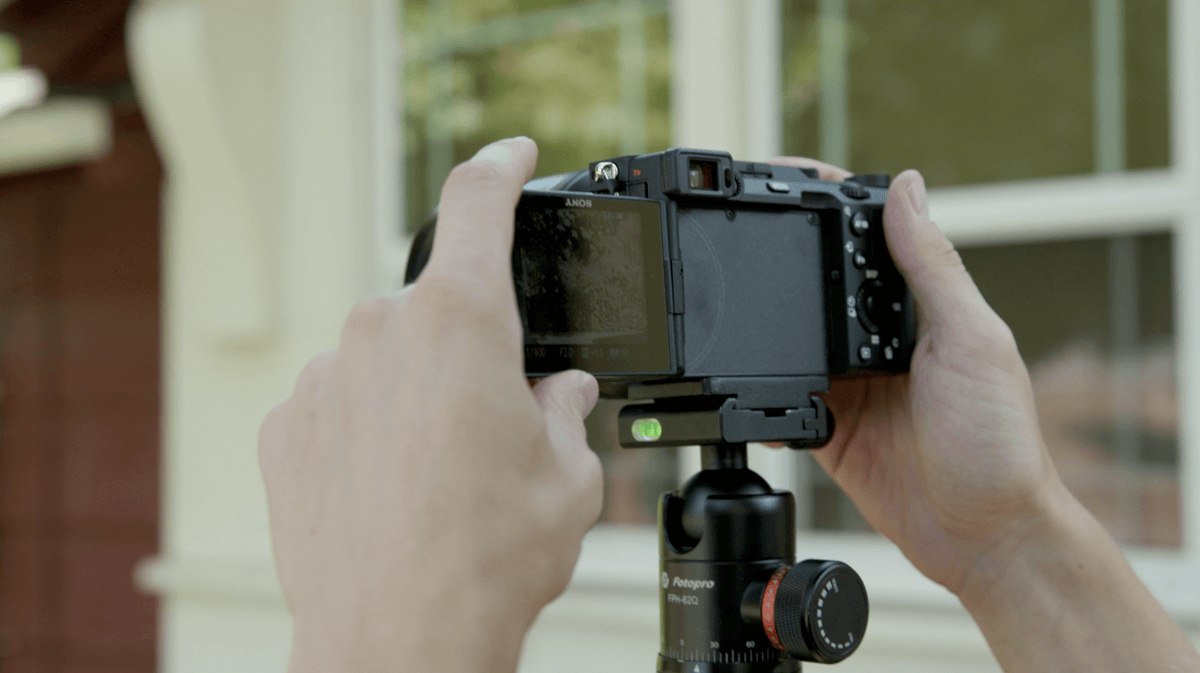 If so, you really are making a decision about which camera line and which lens line you want. Do you want to invest in video? If you are really serious about doing video as well as stills you need to take that into consideration. If you’re looking to do a lot of video, I would probably go with the Sony.
If so, you really are making a decision about which camera line and which lens line you want. Do you want to invest in video? If you are really serious about doing video as well as stills you need to take that into consideration. If you’re looking to do a lot of video, I would probably go with the Sony. 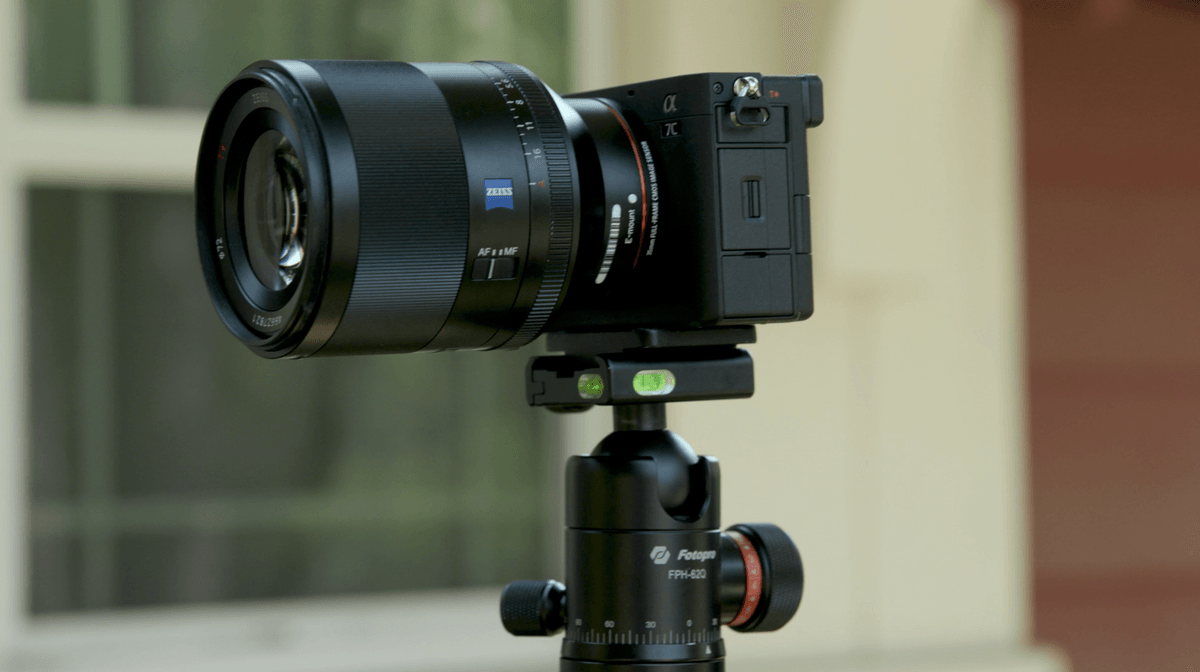 Sony has been a choice for hybrid cameras for a long time. They just knock it out of the park when it comes to really good photos and really good video. Whereas if you want to get a good starter system for professional photography then maybe the Nikon is the choice because they have fewer features, but it really does what it aims to do very well.
Sony has been a choice for hybrid cameras for a long time. They just knock it out of the park when it comes to really good photos and really good video. Whereas if you want to get a good starter system for professional photography then maybe the Nikon is the choice because they have fewer features, but it really does what it aims to do very well.
So there you have it. There’s a look at two great cameras head to head and you have to make a decision. Which one would you buy? Leave us a comment on our YouTube Channel. Let us know what you think. Let us know what you think we did wrong or if we should alter our test any way. Or what other cameras should we get a hold of. There have been so many new announcements lately. I feel like we’re losing all sorts of things in the shuffle. And we definitely want to get on that so let us know what you want to see. We’ll try to make it happen. Keep those cameras rollin’ and keep on clickin’! And don’t forget to subscribe.
Take a look at what I can fit in my SKB 2011 case. It’s perfect for all my Sony gear.